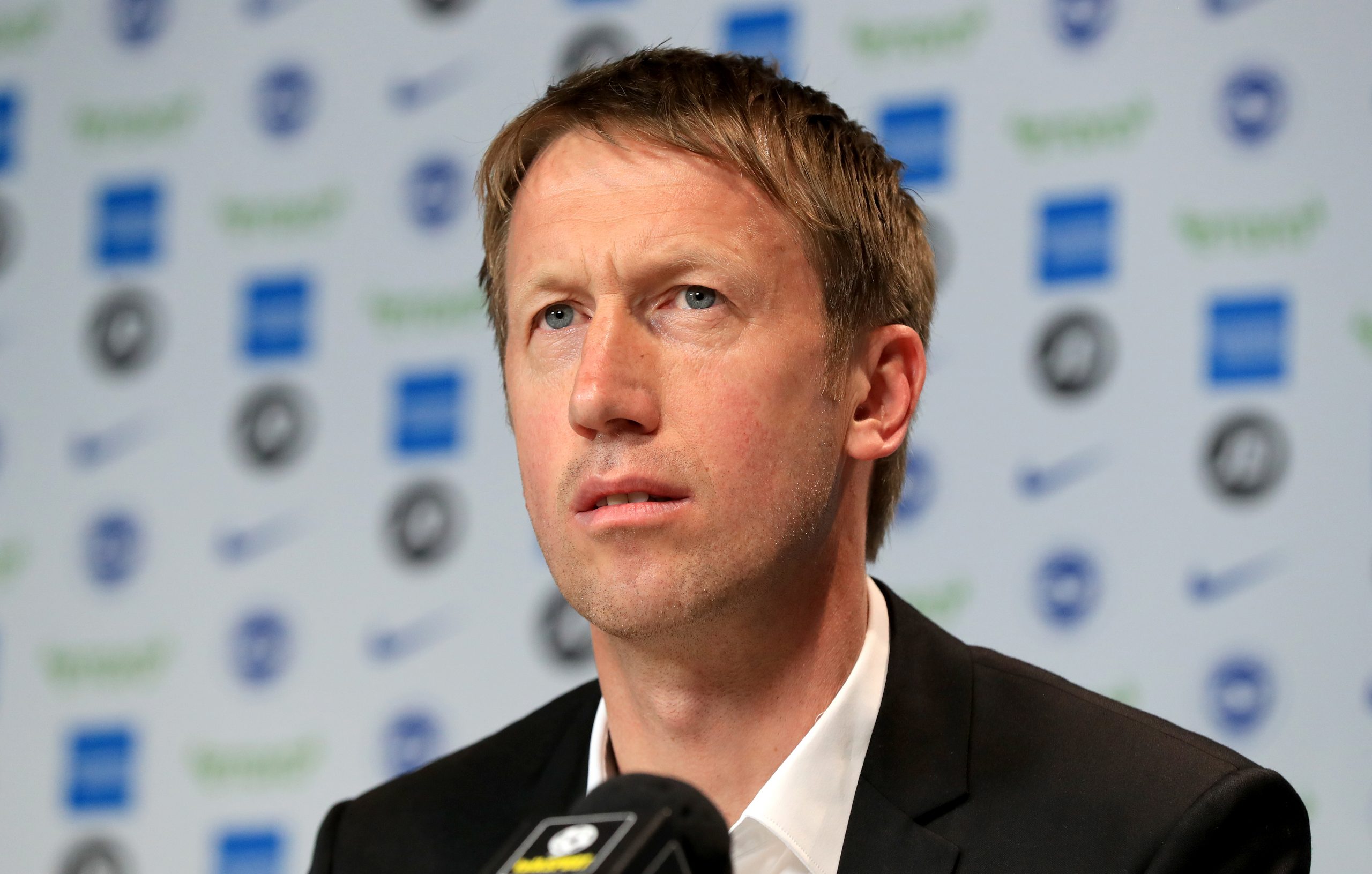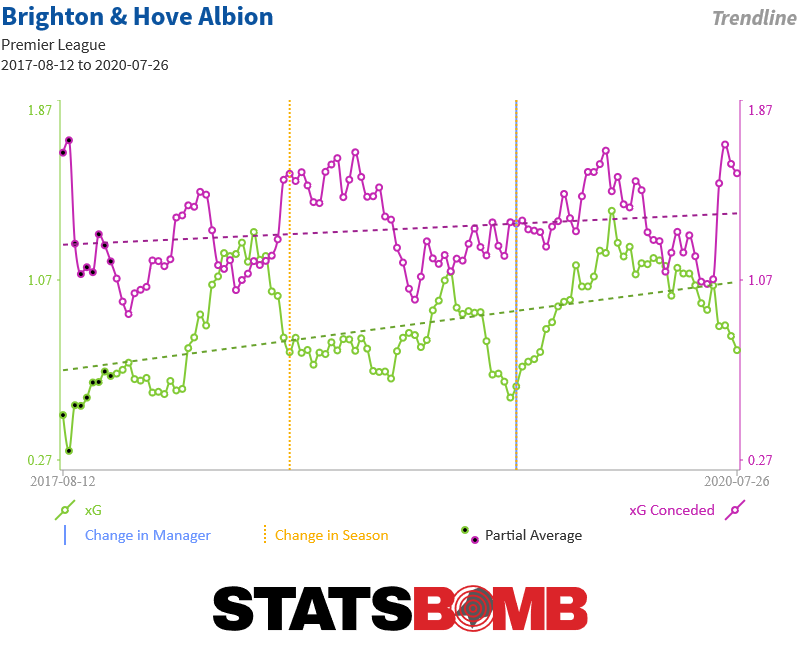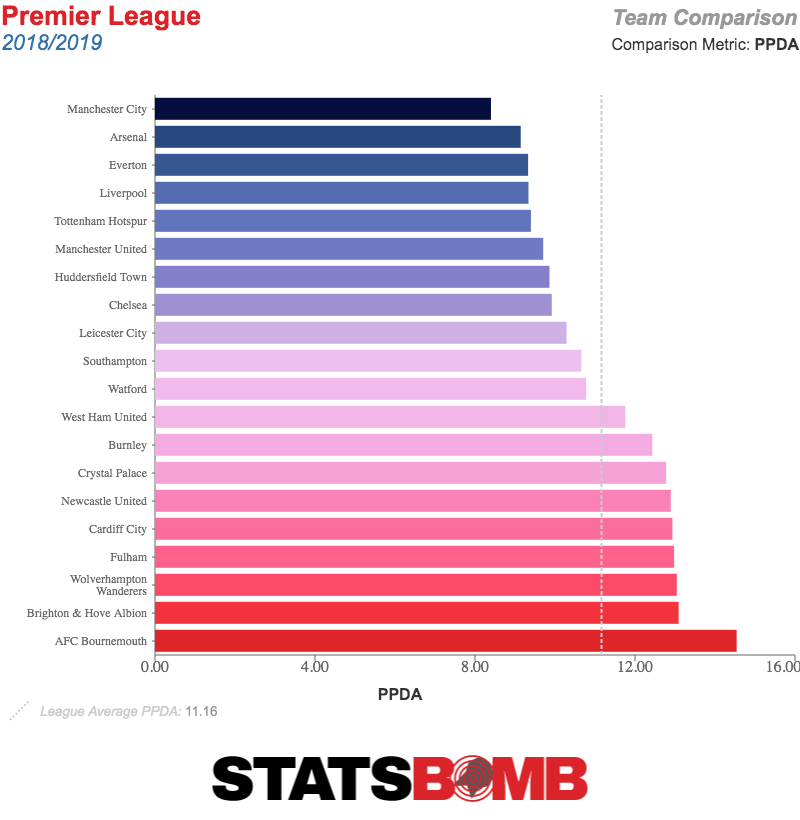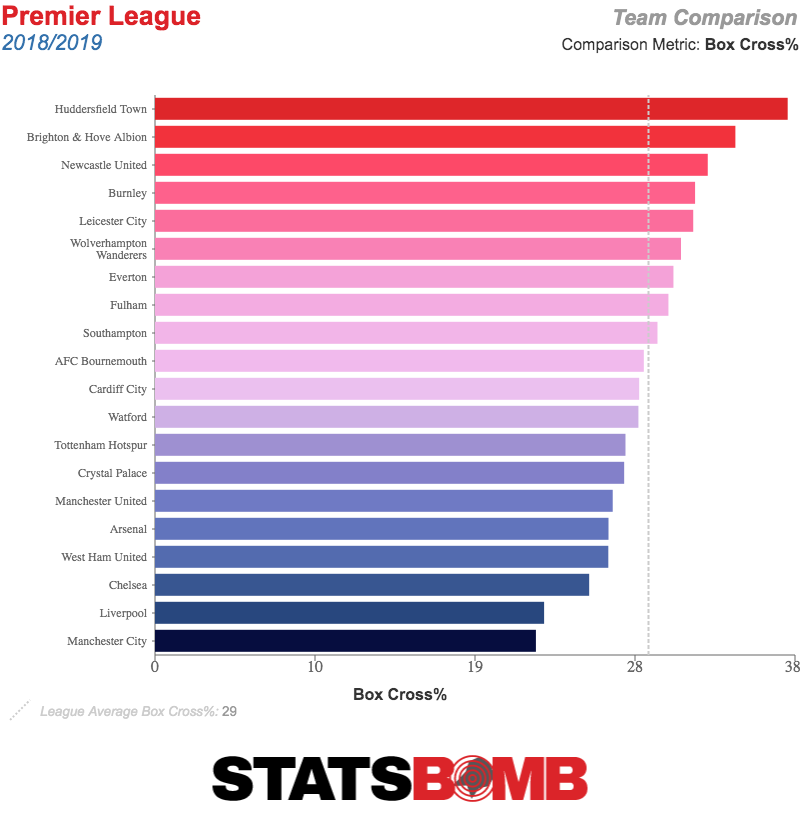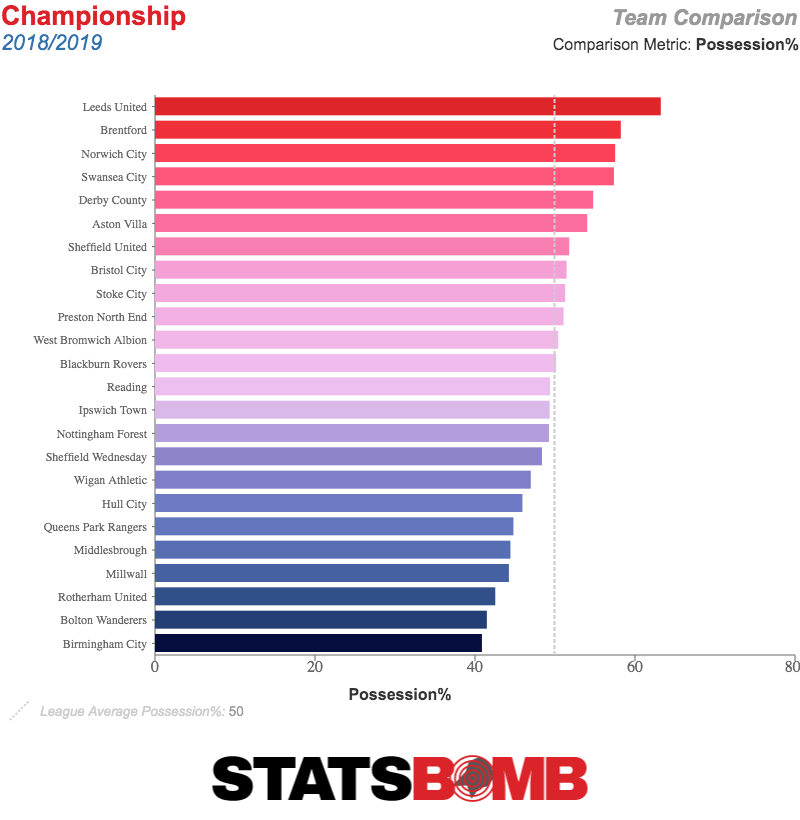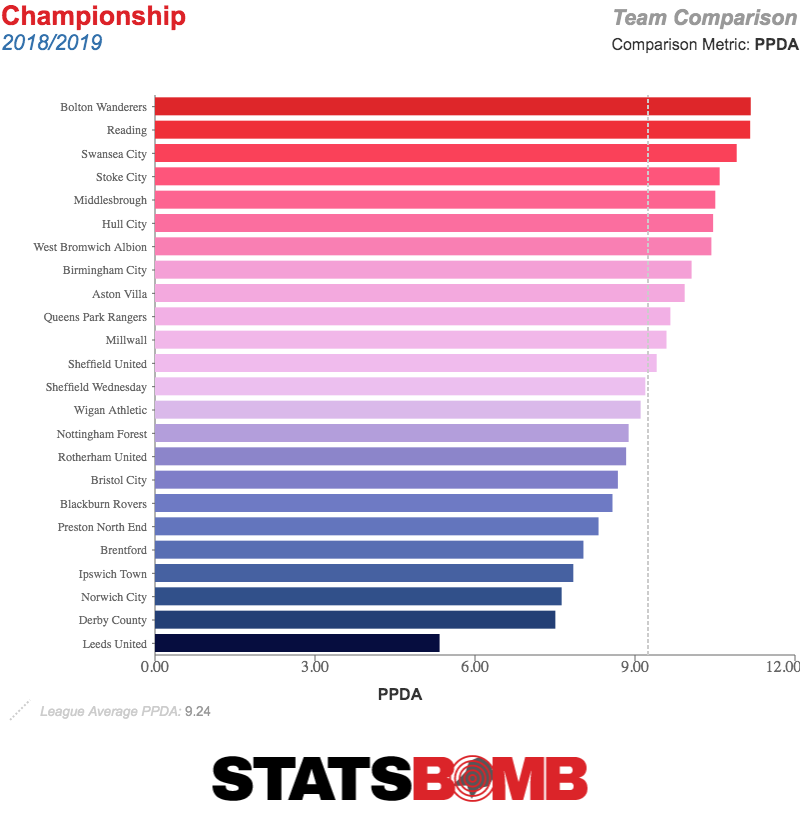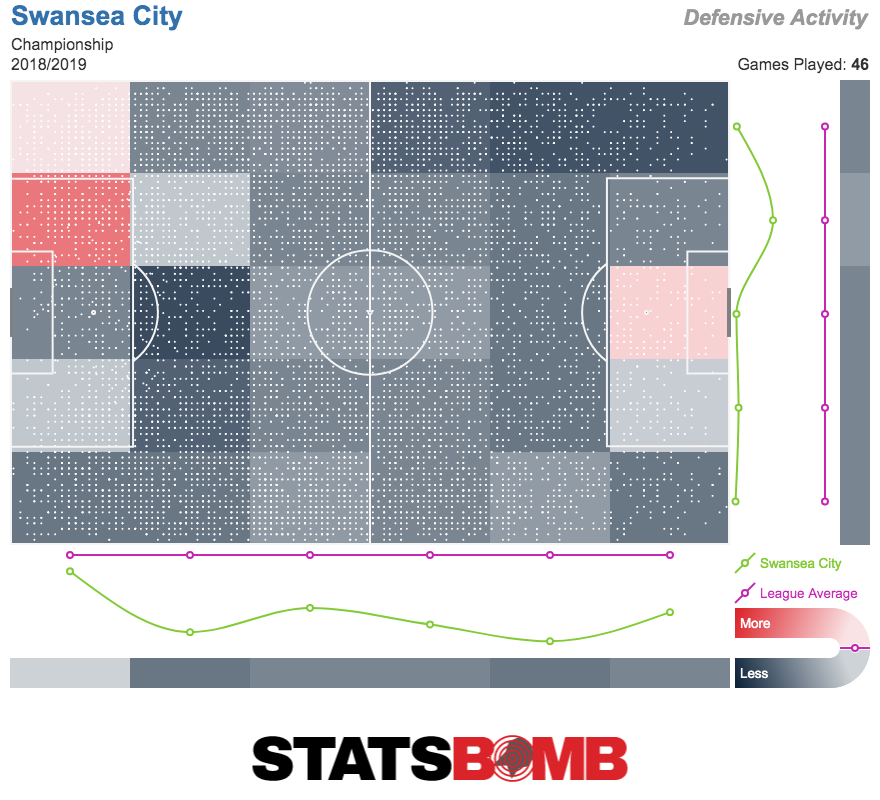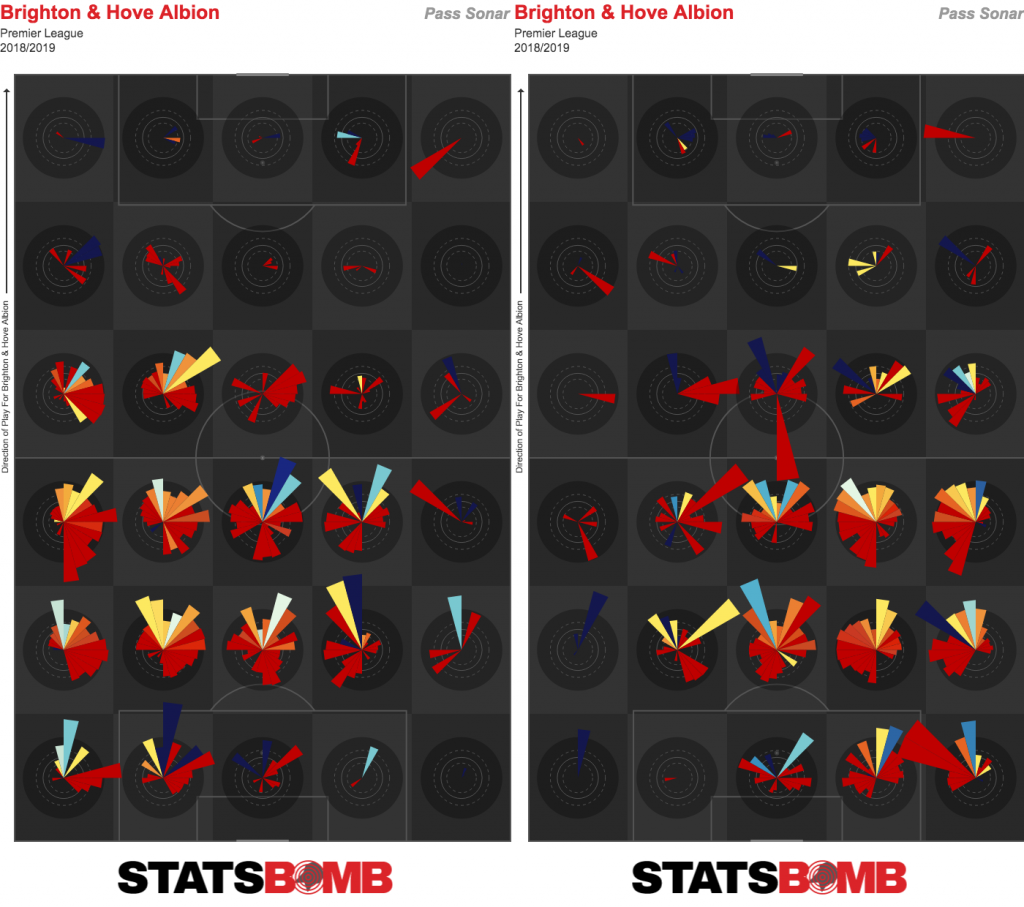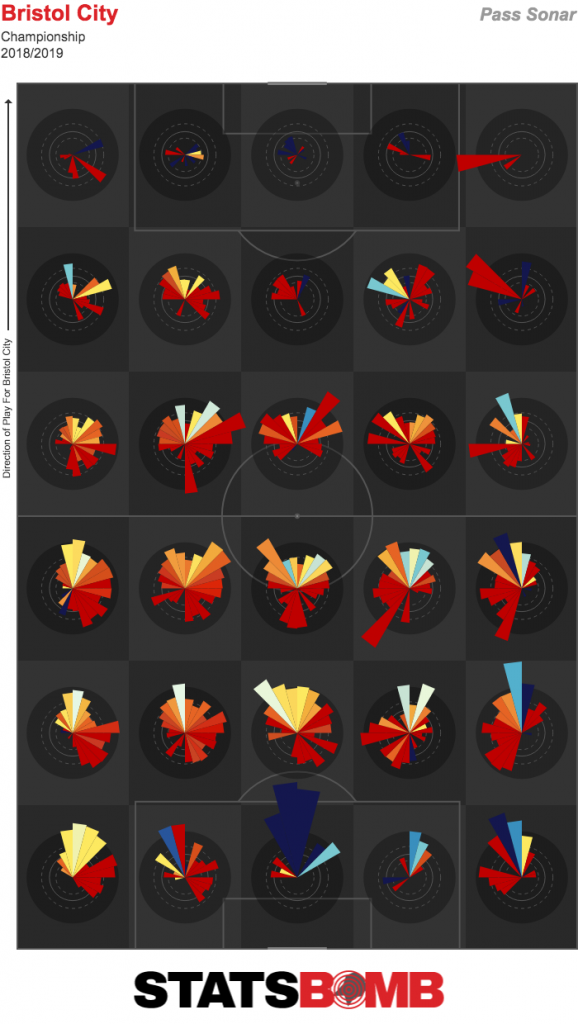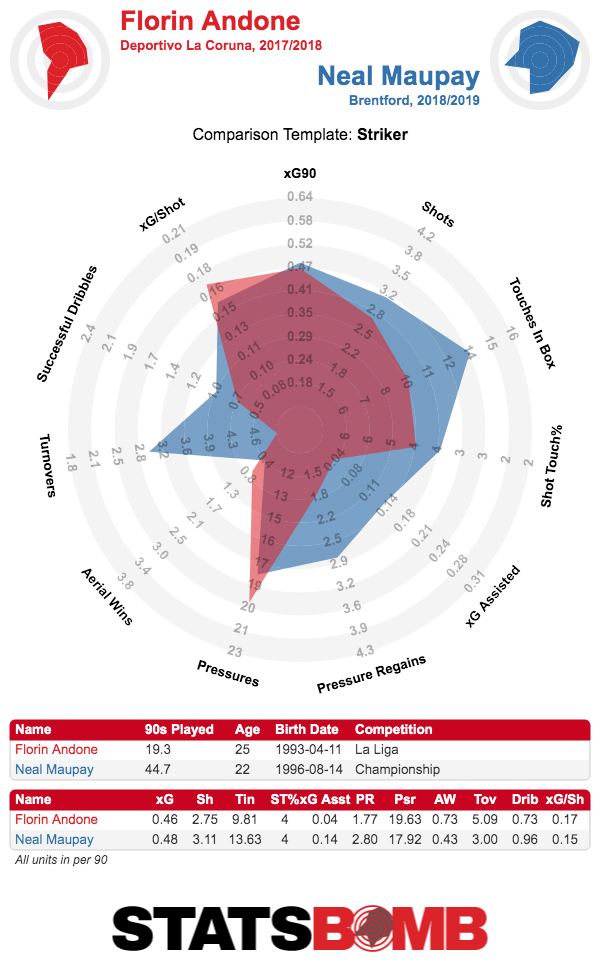Listen, Antoine, it’s not you. You’re great. You won a World Cup, you helped keep Atlético Madrid in the European elite for years, and you once placed third in Ballon d’Or voting, which given the competition was basically like winning the Humans Only division. But observers of FC Barcelona know better than most that sometimes a great forward can be a bad signing, and that’s why for all your accolades, for all the hoopla around a transfer saga that lasted for two excruciating years plus however long your LeBron knockoff La Decisión video dragged on, haters keep pointing out the obvious: nothing about Griezmann to Barcelona makes sense.
Like all things Barça these days, this is really about Lionel Messi.
For the last few years, Barcelona has had—whisper it softly—a little bit of a Messi problem. It’s not that he’s stopped being the greatest player of all time; if anything his impossible goal production rate last season suggests he’s only getting stronger in his thirties, like Serena Williams or hangovers. The issue is how the team shapes itself around his greatness.
Ever since Luis Suárez’s arrival bumped him out to the right wing, Messi’s been creeping back inside behind his striker, throwing the 4-3-3 off balance. In 2015/16 he attempted 27% of his open play passes in the attacking half from the right wing and 24% from the central fifth of the pitch; by 2018/19 that had flipped to 22% from the wing and 27% in the middle. Instead of receiving on the touchline and dribbling inside to release the ball, Ernesto Valverde-era Messi plays pretty much permanent hookie in the right halfspace, width be damned.
Messi’s drift has had knock-on effects across the squad, as Valverde has looked for ways to spread his attack by rotating workhorse midfielders like Paulinho and Arturo Vidal to the front line or stretching Sergi Roberto to his breaking point up and down the right flank. It’s also changed the way the other forwards operate. Suárez plays a little farther left than he used to, sometimes slipping outside the centre backs to open a channel for Messi.
When Ousmane Dembélé starts, the two-footed winger is as likely to line up outside Messi to the right as he is on the left wing, where an overlapping Jordi Alba is Messi’s preferred target. As for Philippe Coutinho, he’s suffered carrying the ball into Barça’s clogged middle without the skill to combine in tight spaces. It’s hard out there for all these €120+ million attackers just trying to fit in.
Speaking of! You know who else really likes that right half-space where Messi hangs out? That’d be one golden-curled, fuzzy-lipped Antoine Griezmann, whose pass sonars show a taste for exactly the kind of left-footed diagonal pass into the box that’s been Messi’s bread and butter for the last five years or so.
In the viz below, shard length represents open play pass count and lighter colours mean a longer average pass length. Red = a completed pass on the second viz. If Griez were to play for Barcelona the way he did for Atleti last season, he and Messi would literally step on one another’s toes while looking to curl the same balls to Alba or Suárez at the far post.
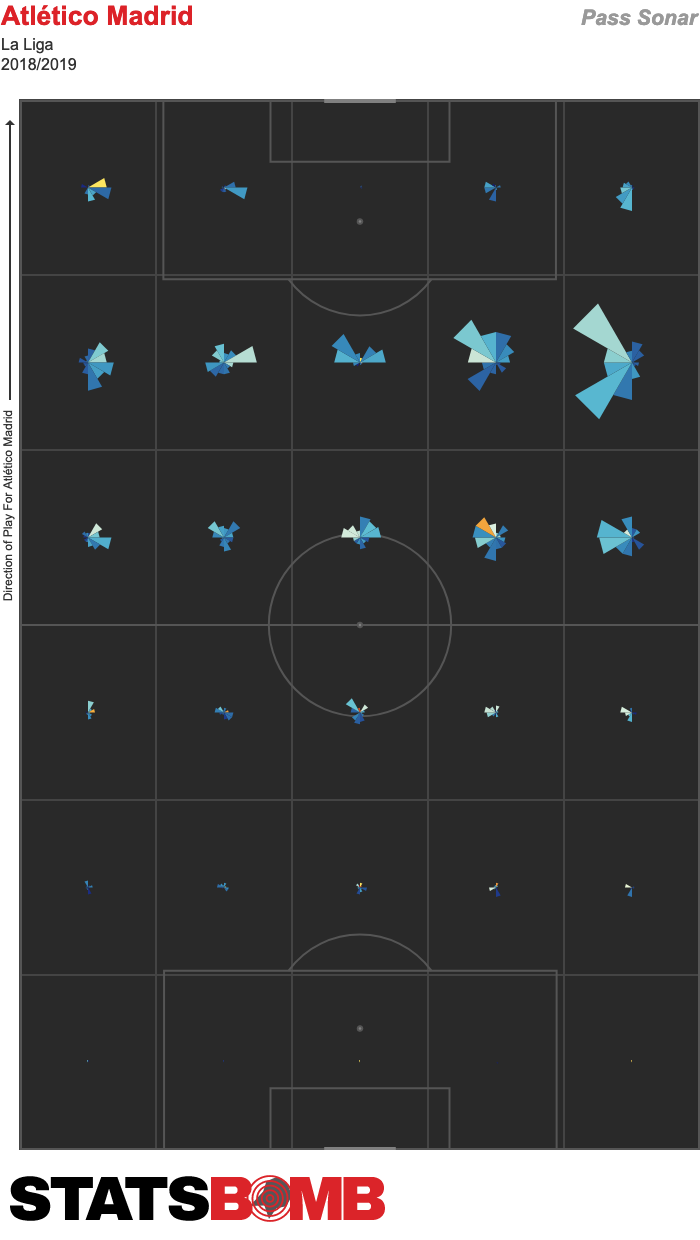

That’s not the only way Griezmann’s skillset is redundant for his new club. Of his 15 goals for Atlético Madrid last season, three came from direct free kicks, three from penalties, and only seven were scored from open play, slightly underperforming his 8.46 open play xG.
Considering they’re about as likely to erect a monument to Luis Figo at the Camp Nou as to take Messi off free kicks or—for better or worse—penalties, Griezmann’s scoring comes with a cap. Sure, Atleti's attack was mediocre last year and sure, playing alongside Messi tends to boost teammates’ numbers, but you’ve got to muster quite a bit more than seven goals to live up to a €120 million price tag.
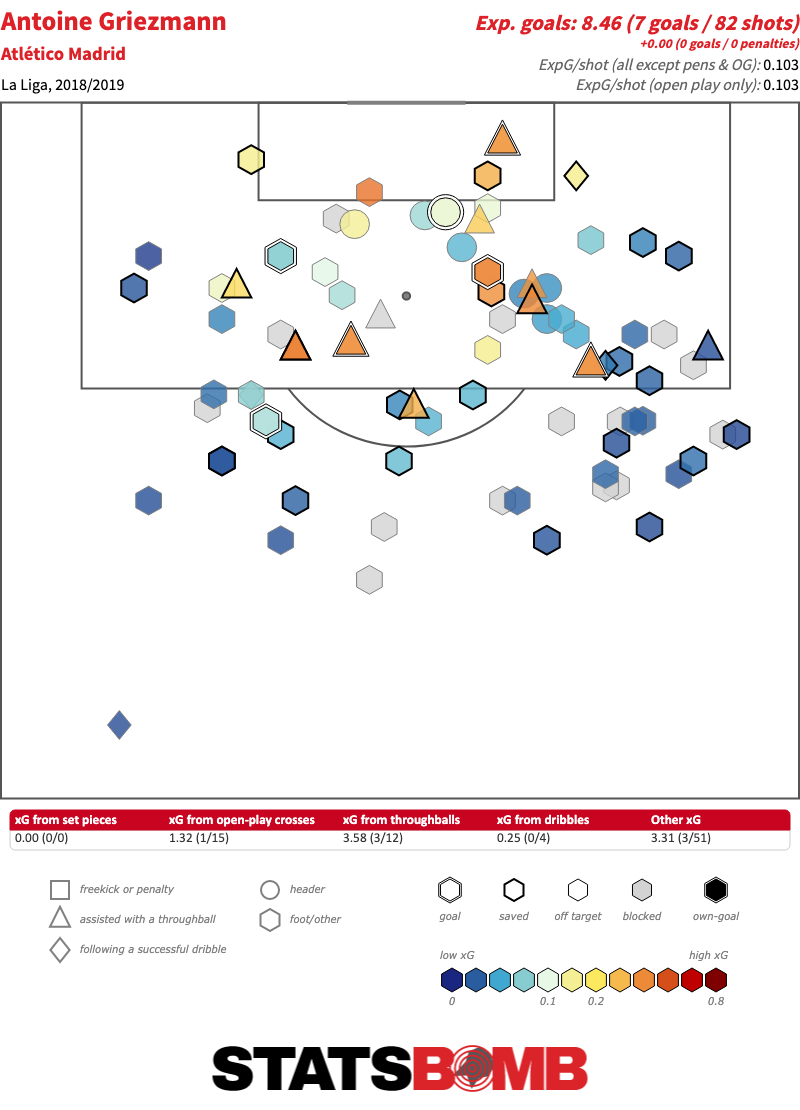
Griezmann’s release clause isn’t his fault, but by paying it Josep Bartomeu and co. put themselves in the precarious position of shelling out the most ever paid for a player over 25 years old on a guy who’ll turn 29 this season.
That’s a problem for one of the most popular defences of the Griezmann signing, that we should think of him more as an understudy than a complement to Messi. Given Messi’s greater versatility and fairly light injury history, there’s no guarantee Griez—whose game depends more heavily on athleticism—will outlast him. Even if he does, he’d be a different type of forward, less comfortable in possession and less, you know, just preposterously good at everything.
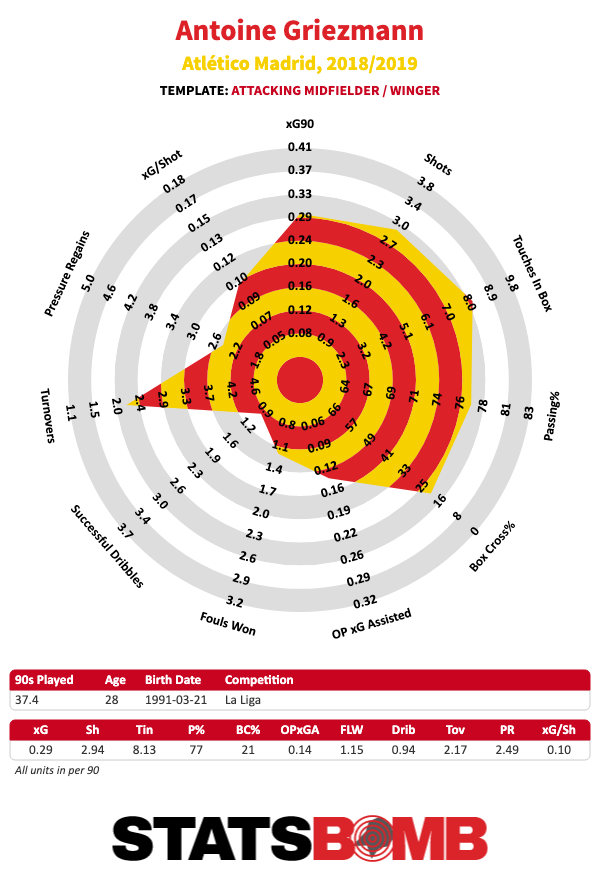
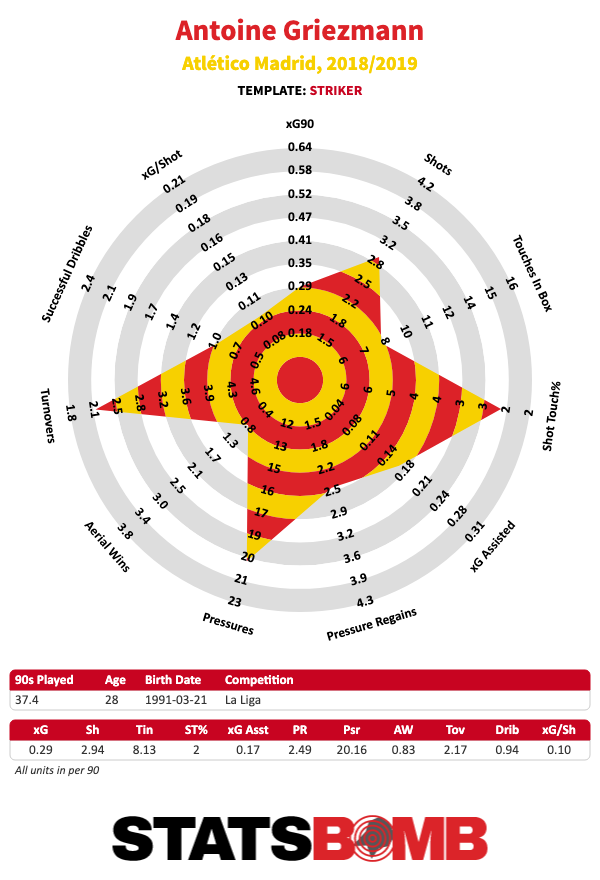
Again, caveats about Diego Simeone’s defence-first style apply, but this is not the profile of a guy who’s going to orchestrate your whole attack. Griezmann last year took and created quality chances at a rate somewhere below your average La Liga attacking midfielder.
He didn’t shoot much from dangerous positions, barely took on defenders, and whatever pressing work he put in didn’t do much to help Atlético Madrid’s vaunted defensive structure recover the ball. After years at a club where a pass completion rate in the mid seventies was no issue, the case that Griezmann’s just going to waltz into Barcelona and play like some long lost La Masia product remains highly speculative.
Under both Simeone in Madrid and Didier Deschamps for France, Griez has excelled in free-flowing, quick-strike attacks that may be Barça’s future but are far from its current ideal. Take a second to scan the longest half dozen Atleti possessions that ended in a Griezmann shot last season—you’ve got what, maybe one or two that looks anything like Barcelona’s patterned attack?
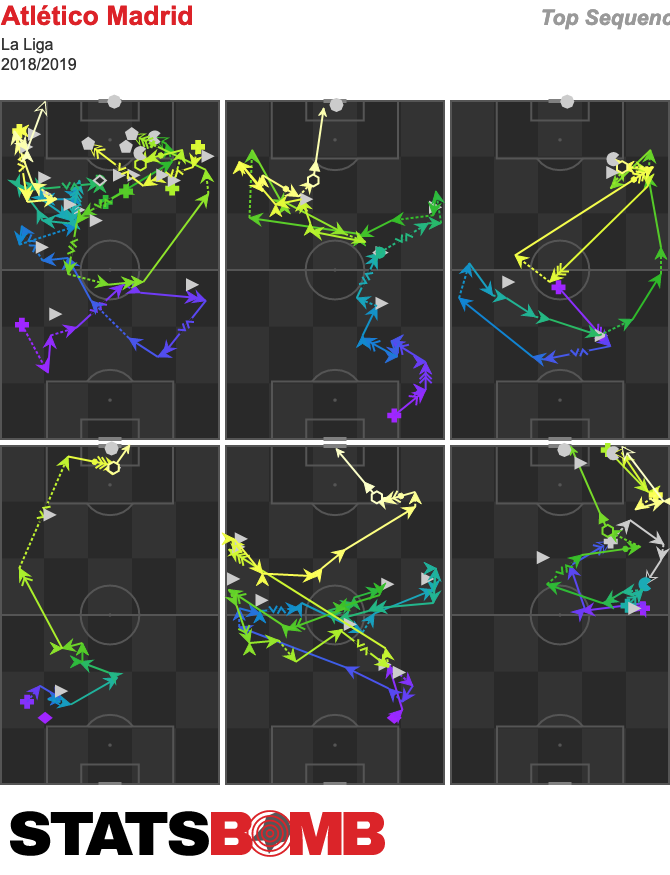
The hope, of course, is that Griezmann will adapt to the players around him, and he’s talented enough that you wouldn’t want to bet against him. But the last decade of big money Barcelona signings shows how hard it is to predict who’ll mesh with Messi—or maybe how little attention the board has paid to on-field needs while chasing transfer hype. Griezmann could be the next David Villa and rediscover himself on the wing (where he got his start with Real Sociedad), or he could be the next Coutinho, a star signing that looks good on paper but makes you want to hurl heavy objects through your TV during the Champions League knockouts.
The fact that Griezmann will never occupy centre backs like Suárez or beat defenders and lay in crosses like Dembélé makes it hard to figure how he fits into Barcelona’s best eleven at the start of this season, but the sheer gravitational pull of the signing pretty much obligates Valverde to figure it out. Will we see a return to the false nine with Dembélé-Messi-Griezmann? A narrow Griez-Suárez-Messi trio with fullbacks providing width? Maybe a top-heavy 4-2-3-1 with Messi at the ten and Frenkie de Jong pulling the strings from a double pivot? Oh and by the way what the hell happens to Griezmann if this whole Neymar thing actually goes through? Literally no one knows! And the La Liga season is already underway! This should be, for the club that just spent a whole armoured convoy of cash on a player with no obvious position, perhaps a source of mild concern!
If anything’s getting culés through these uncertain times, it’s YouTube highlights of preseason games in which Griezmann has looked very much like the player the club hoped it was buying. With Suárez back in the lineup, Griez has started on the left wing and sparked a couple of nice goals in the last Napoli friendly with wandering moves that took him all the way to the other side of Suárez, into his favorite right channel.
But he also lined up on the left for the first half an hour or so in Barça’s first league match of the season, a 0-1 loss at Athletic in which their only chance of note was an opposing player literally passing the ball to Luis Suárez. After Suárez went down Griezmann moved up front and they created little else. The team will fare better when Messi returns, of course, but it might be at the expense of poor Antoine.
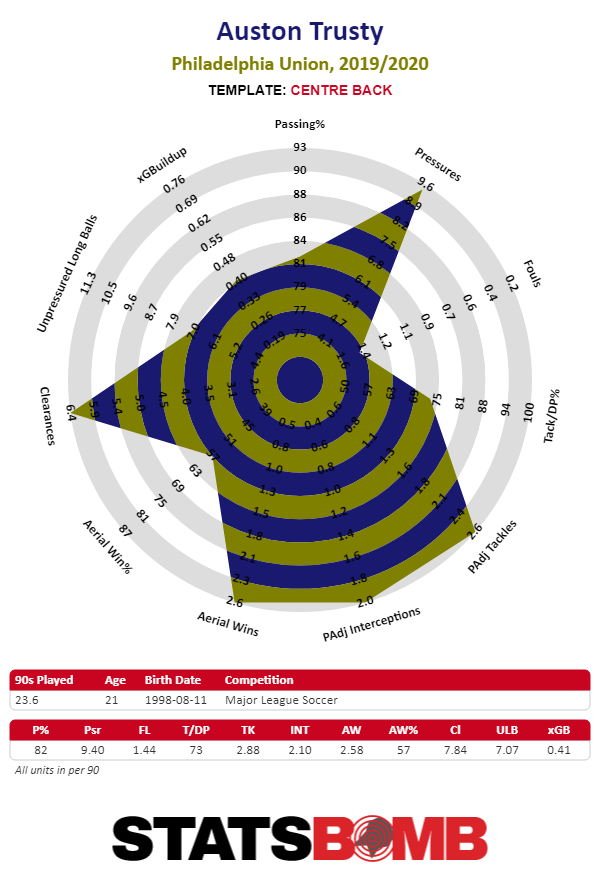
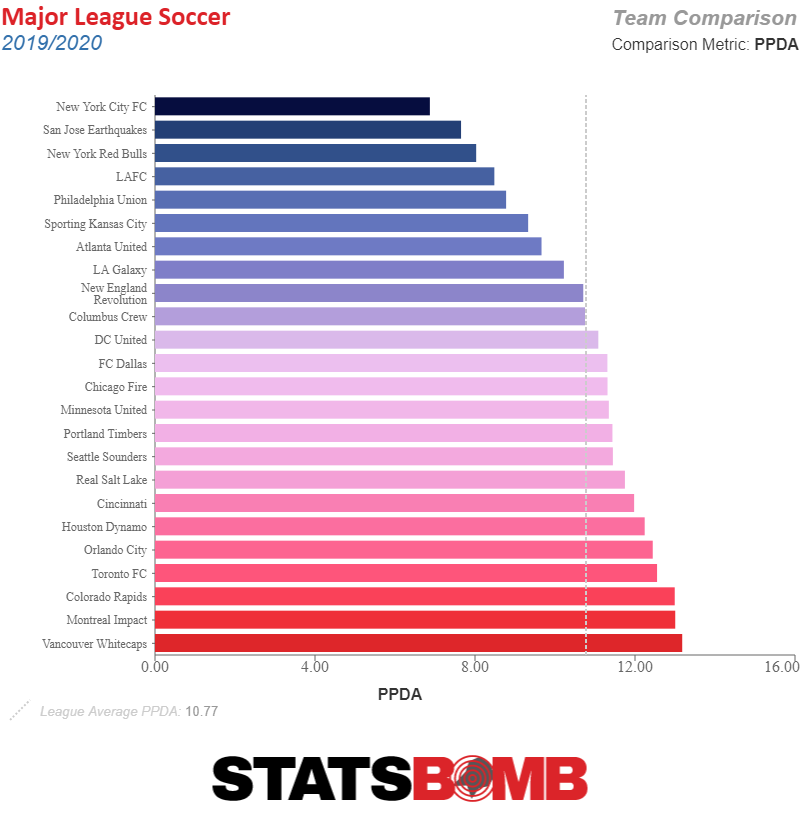
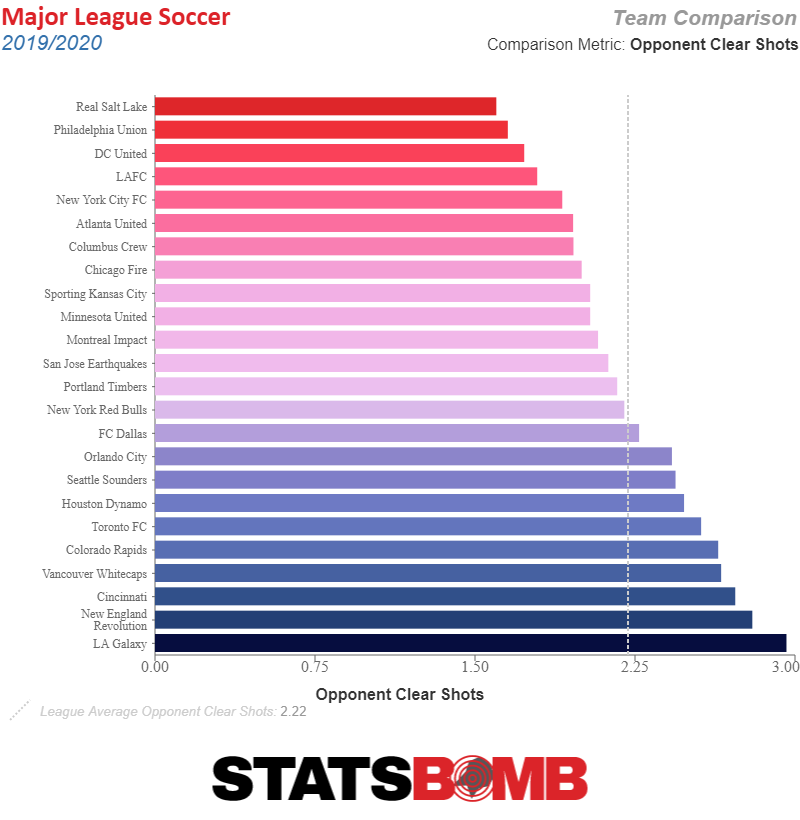
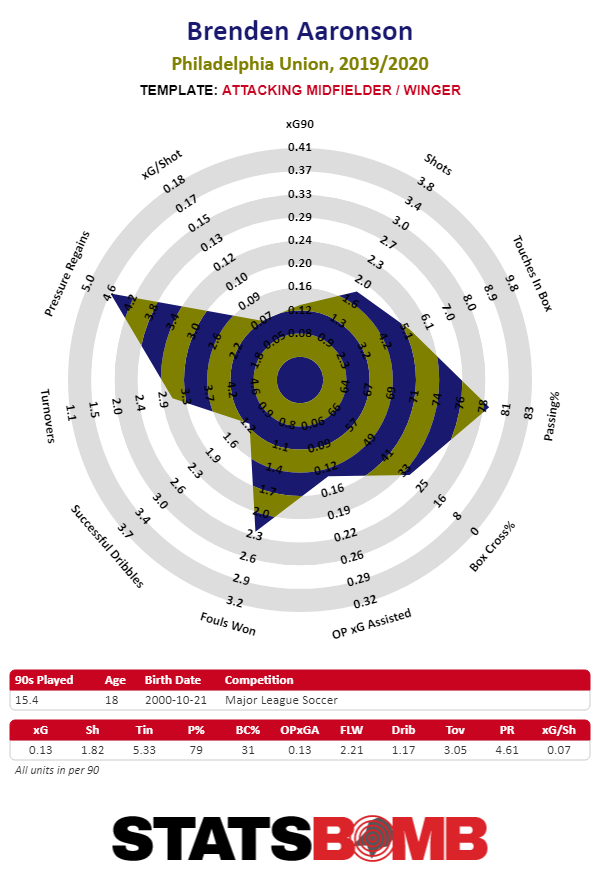
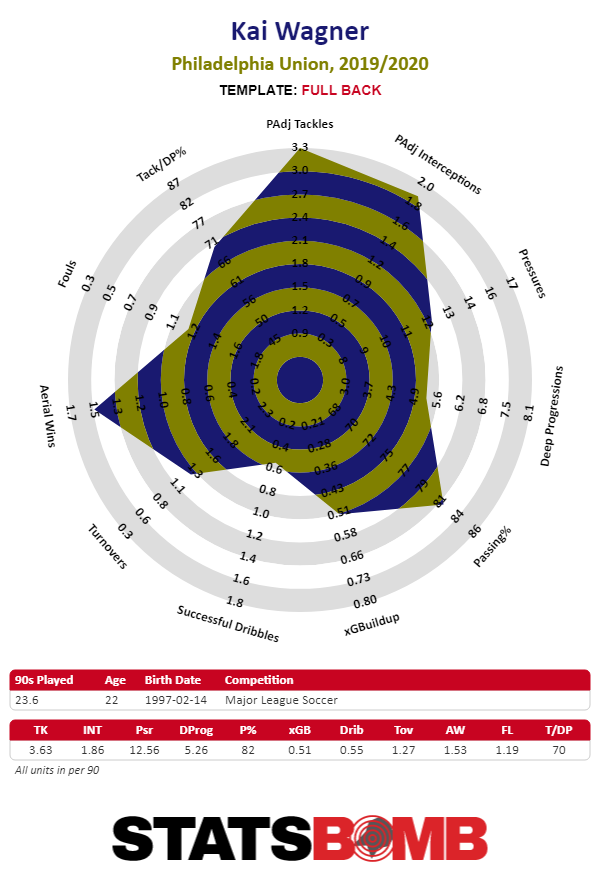
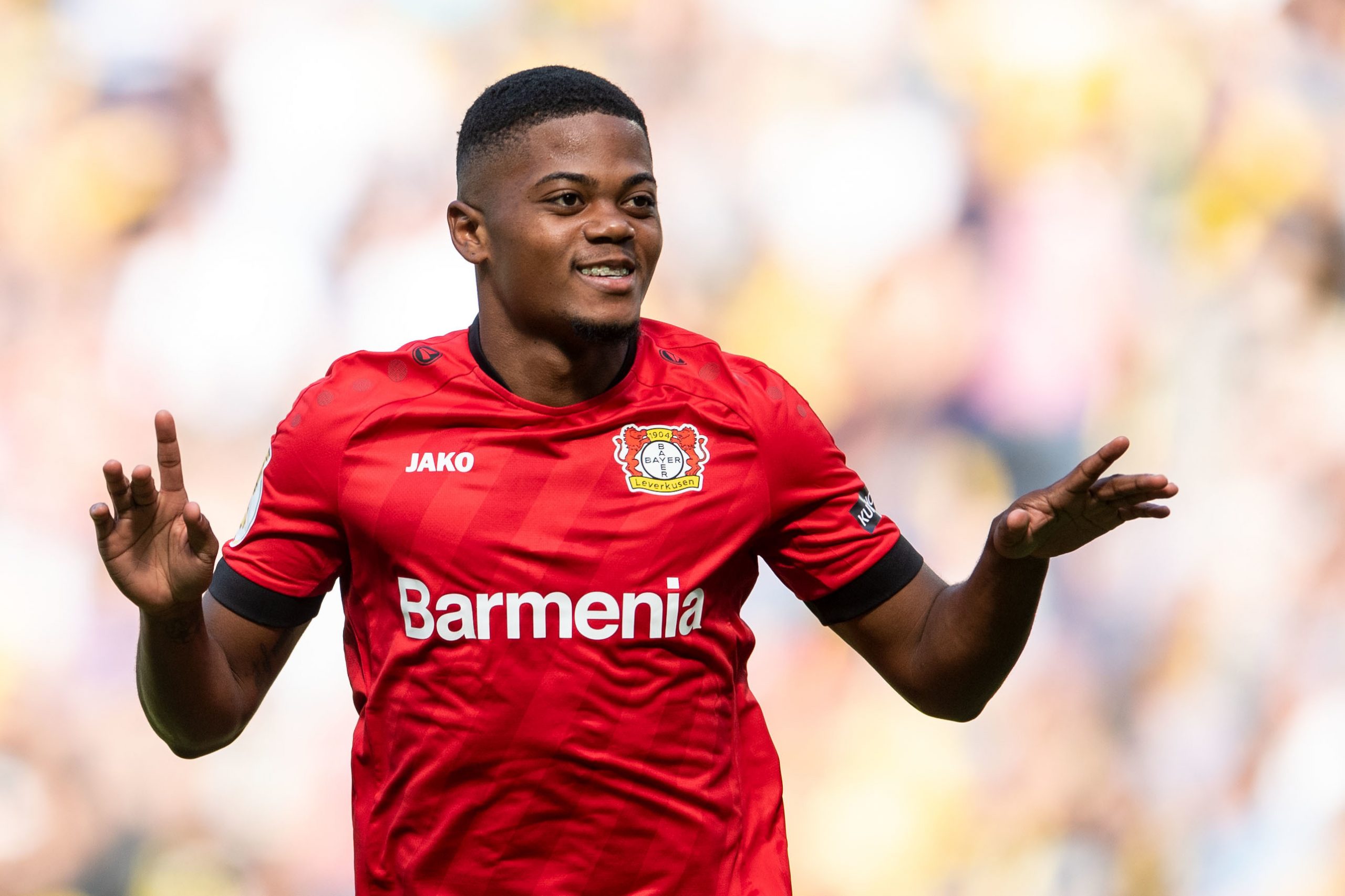
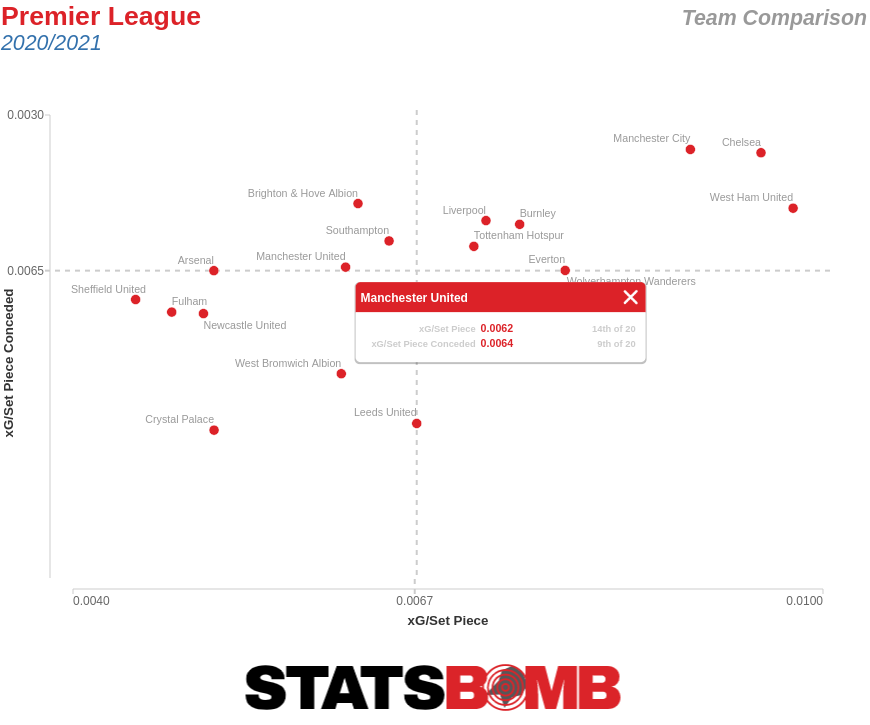 The fact that Leverkusen's attack was slightly better than their defense made sense given the high level of attacking talent in the fold, but in the grand scheme of things, that didn't matter because the end result was a mediocre side and that's not good enough for a club that's been a relative mainstay in the Champions League over the past seven seasons. The switch to Bosz mid-season saw Leverkusen's performance shoot up substantially. They controlled just over 57% of shot attempts, a solid share of shots and something you would come to expect from a CL level side. Expected goals tells an even stronger story, with Leverkusen having an expected goal difference per game of 0.99 that only Bayern Munich bested during the second half of the season.
The fact that Leverkusen's attack was slightly better than their defense made sense given the high level of attacking talent in the fold, but in the grand scheme of things, that didn't matter because the end result was a mediocre side and that's not good enough for a club that's been a relative mainstay in the Champions League over the past seven seasons. The switch to Bosz mid-season saw Leverkusen's performance shoot up substantially. They controlled just over 57% of shot attempts, a solid share of shots and something you would come to expect from a CL level side. Expected goals tells an even stronger story, with Leverkusen having an expected goal difference per game of 0.99 that only Bayern Munich bested during the second half of the season. 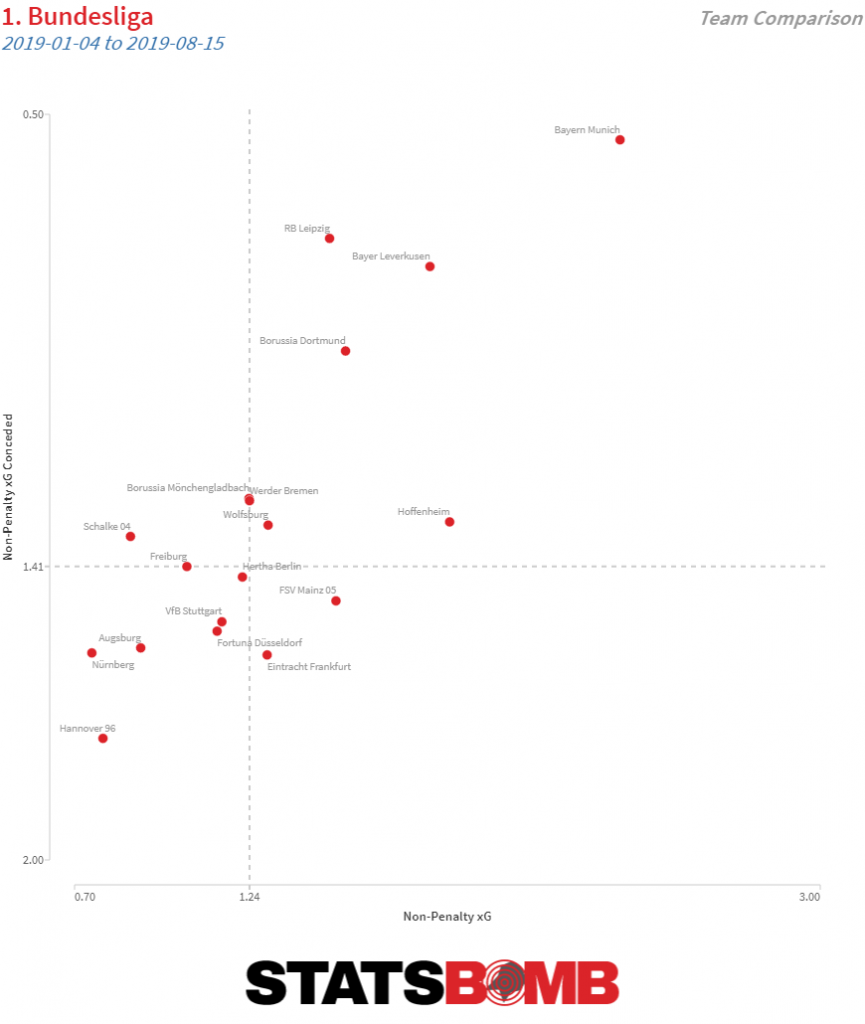 Another major difference between Herrlich and Bosz was the level of aggressiveness in winning the ball back. During the first half of the season, Leverkusen under Herrlich were one of the more passive teams in the Bundesliga both in how high up they won the ball and unremarkable in how many passes they allowed the opponent to have before committing a defensive action. While it wasn't surprising to see that change under Bosz given how Ajax and Dortmund played under his watch, it still remains striking to see how much more aggressive Leverkusen became in hunting the ball back and not giving the opposition time to build from the back.
Another major difference between Herrlich and Bosz was the level of aggressiveness in winning the ball back. During the first half of the season, Leverkusen under Herrlich were one of the more passive teams in the Bundesliga both in how high up they won the ball and unremarkable in how many passes they allowed the opponent to have before committing a defensive action. While it wasn't surprising to see that change under Bosz given how Ajax and Dortmund played under his watch, it still remains striking to see how much more aggressive Leverkusen became in hunting the ball back and not giving the opposition time to build from the back. 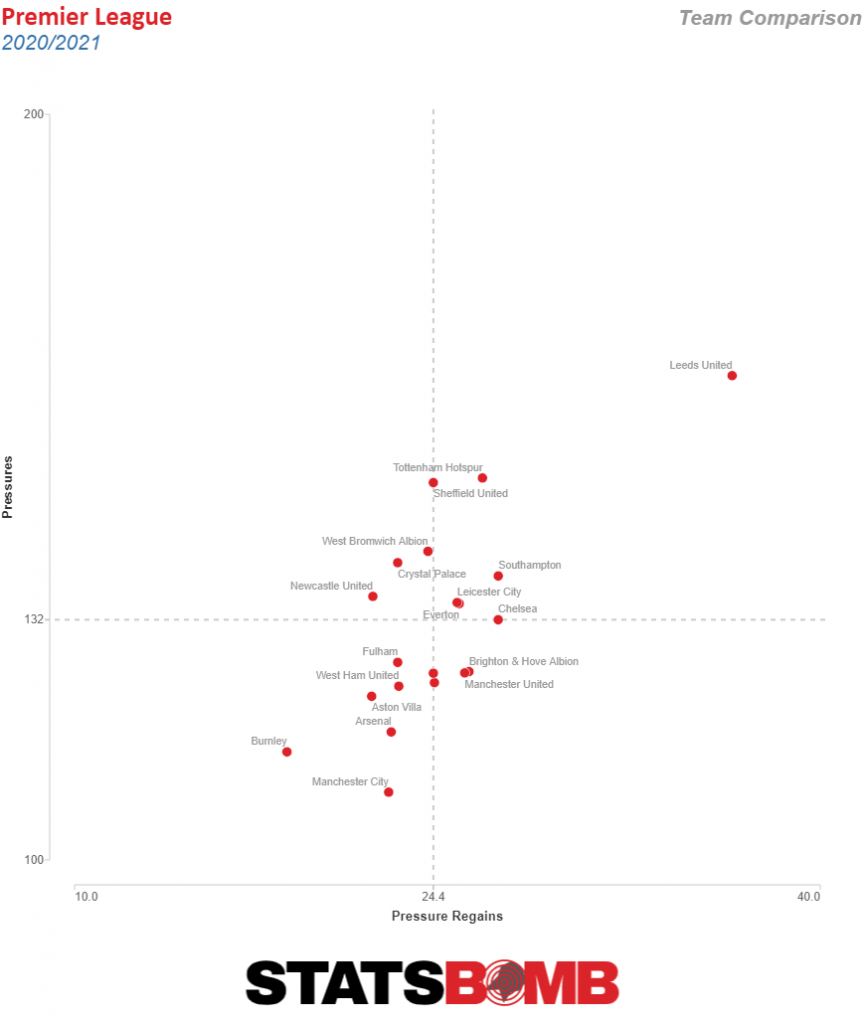
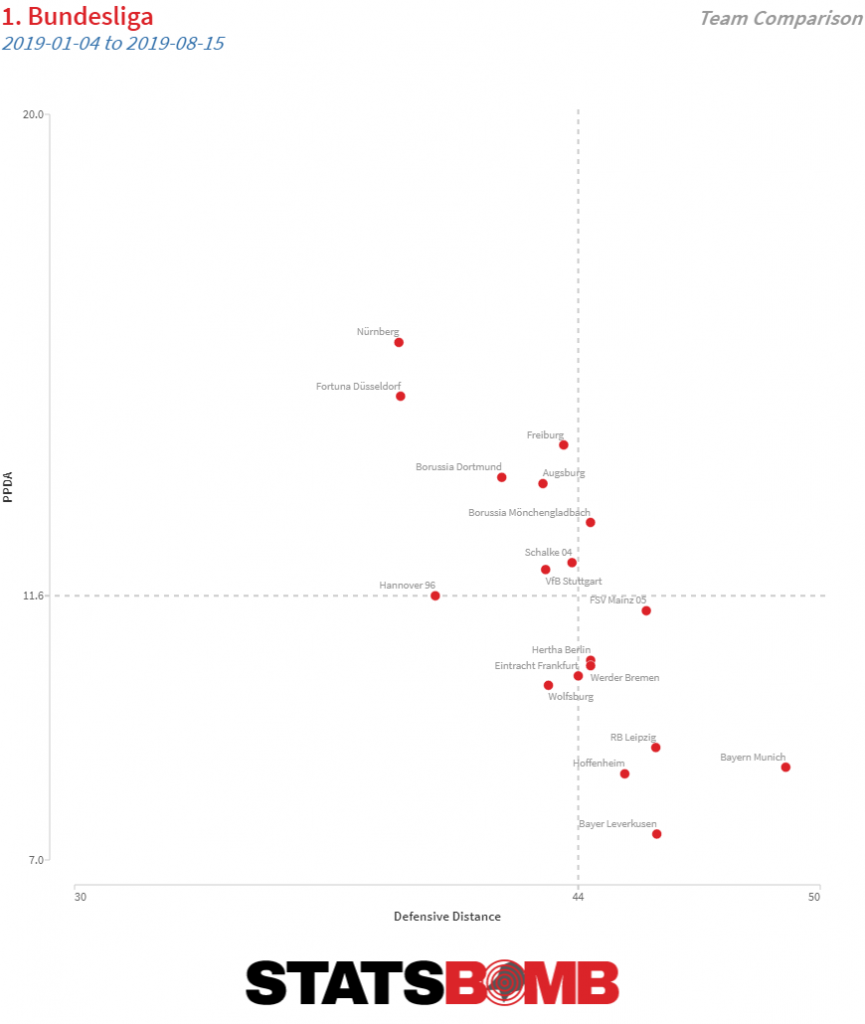 Put it all together, and what you have here is the type of uptick in performance in-season that is quite rare to see. It's not out of the ordinary to see a team start slow through the first half of the season and have better metrics as the season goes along, but it’s something entirely different to jump from having the true talent level of a mid-table outfit to becoming a top two or three side. Of course seeing that it's the Bundesliga, you're still dealing with the juggernaut known as Bayern Munich who were ridiculously dominant even during a down year, but it shouldn't go unnoticed just how impressive Bayer Leverkusen were in 2019.
Put it all together, and what you have here is the type of uptick in performance in-season that is quite rare to see. It's not out of the ordinary to see a team start slow through the first half of the season and have better metrics as the season goes along, but it’s something entirely different to jump from having the true talent level of a mid-table outfit to becoming a top two or three side. Of course seeing that it's the Bundesliga, you're still dealing with the juggernaut known as Bayern Munich who were ridiculously dominant even during a down year, but it shouldn't go unnoticed just how impressive Bayer Leverkusen were in 2019. 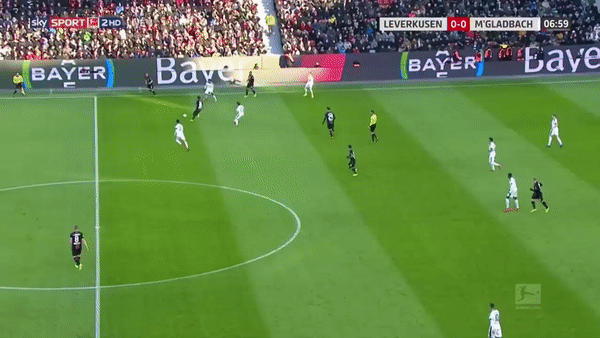
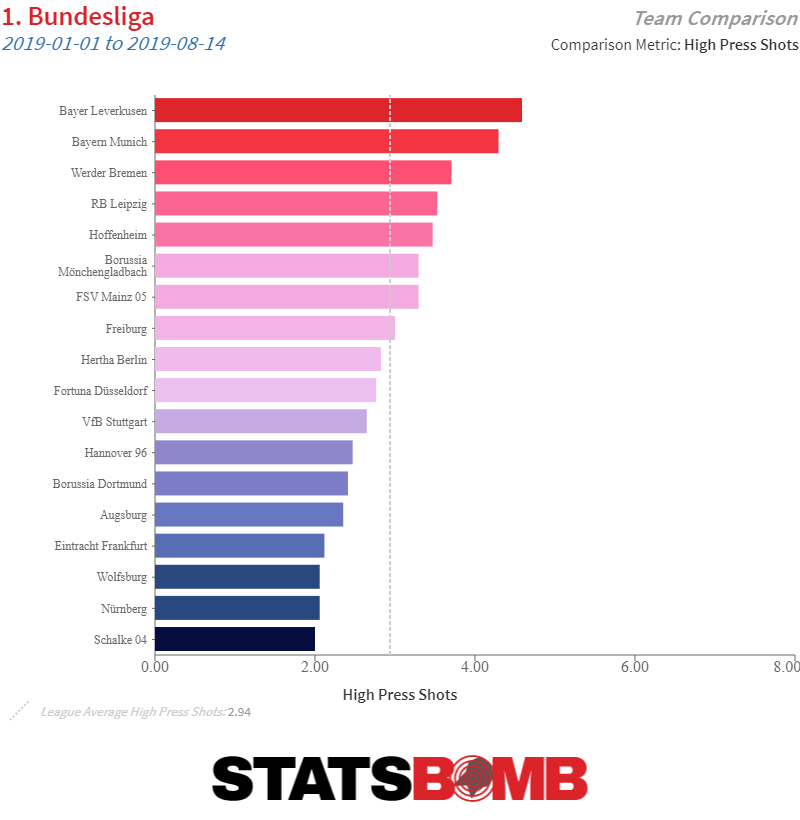
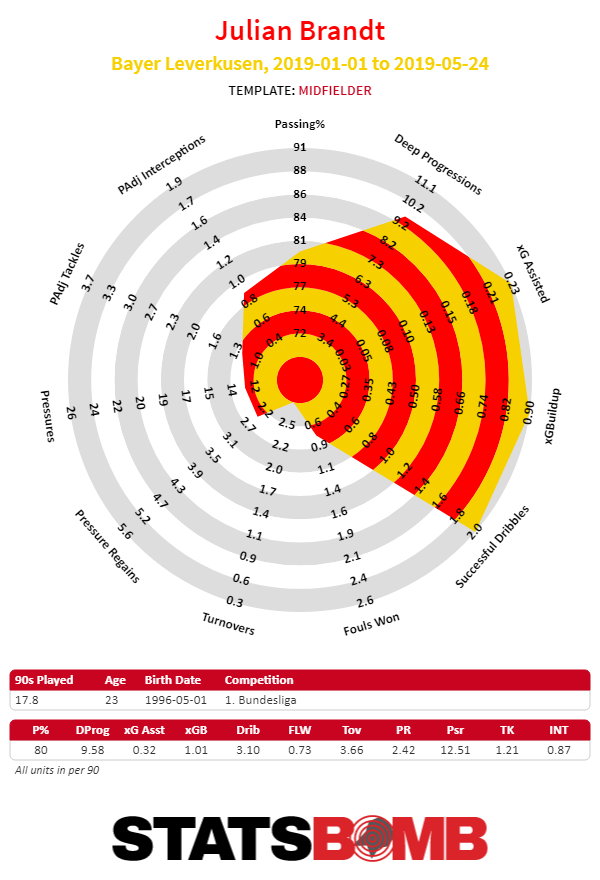 Bosz's appointment also did wonders for Leon Bailey, who was much better in 2019 vs 2018. I've long been a
Bosz's appointment also did wonders for Leon Bailey, who was much better in 2019 vs 2018. I've long been a 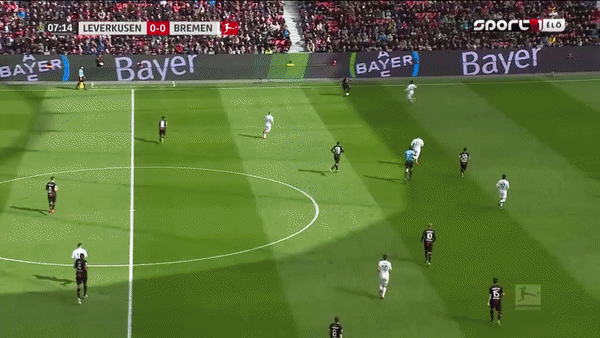
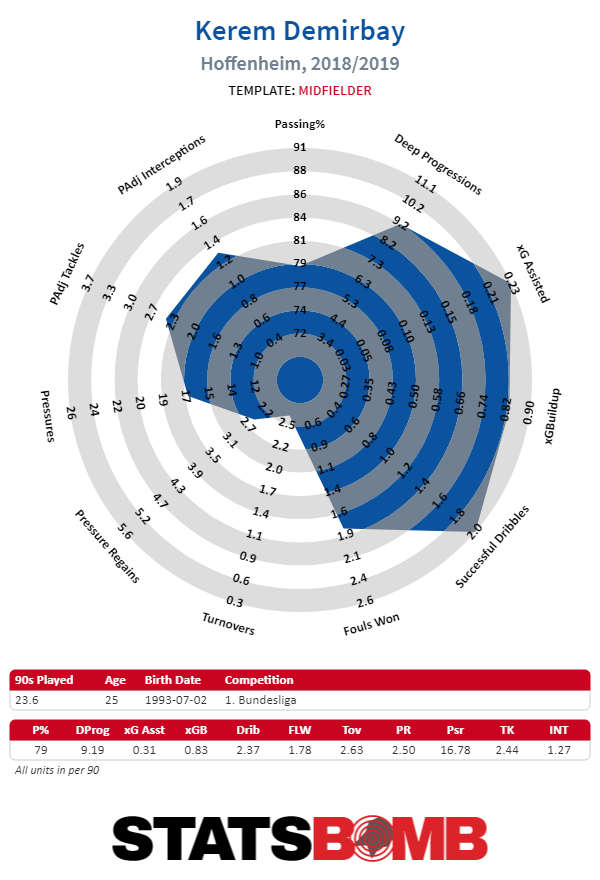
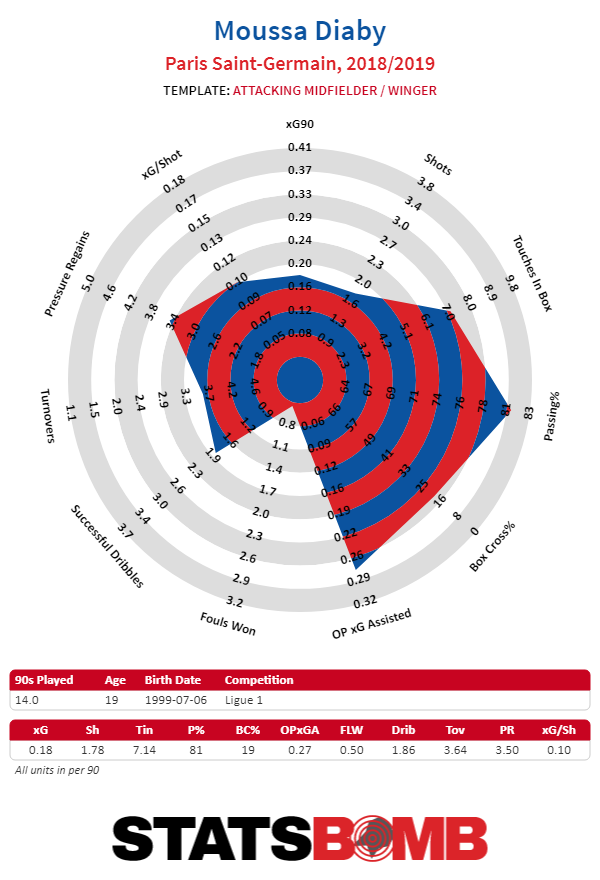
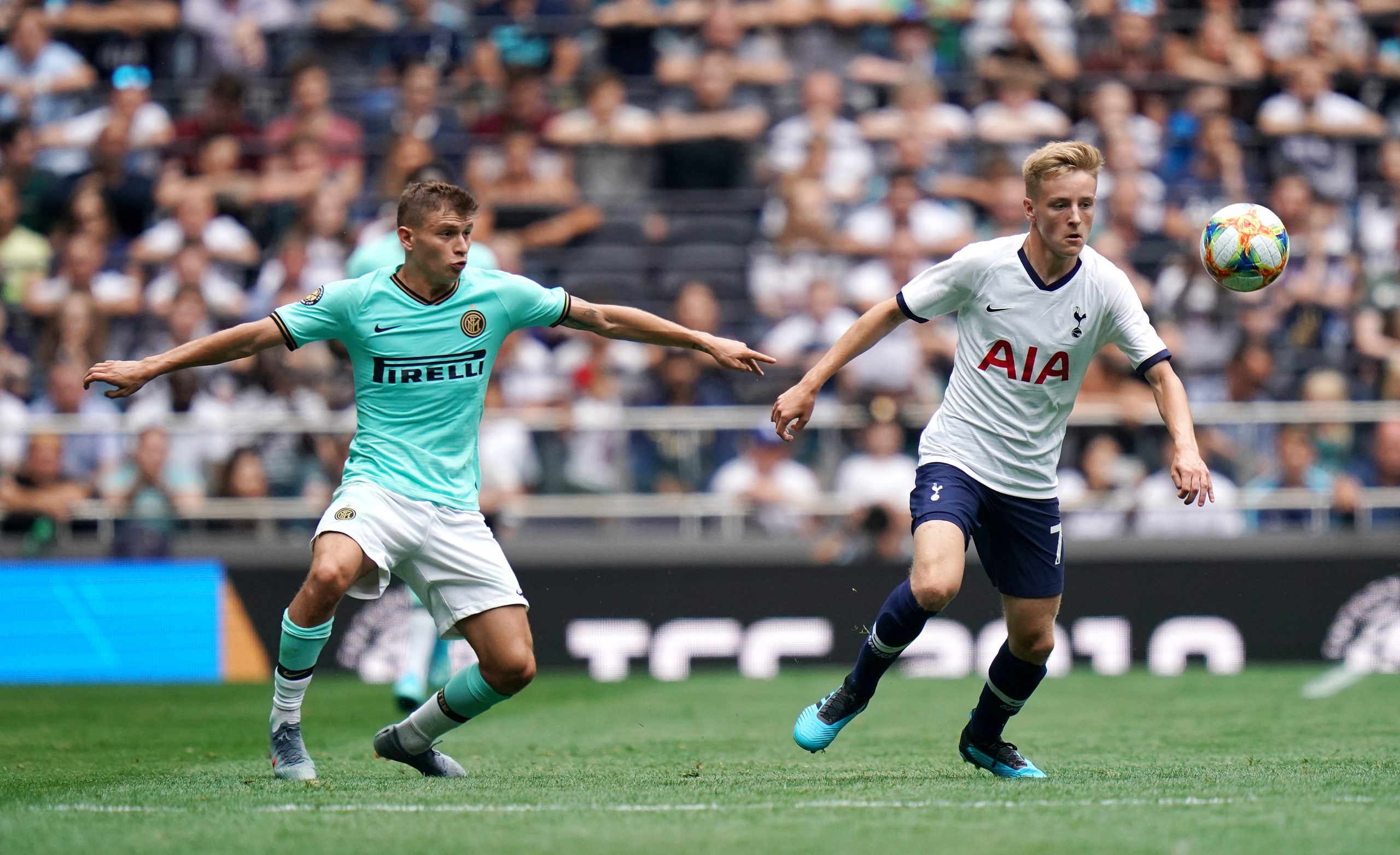
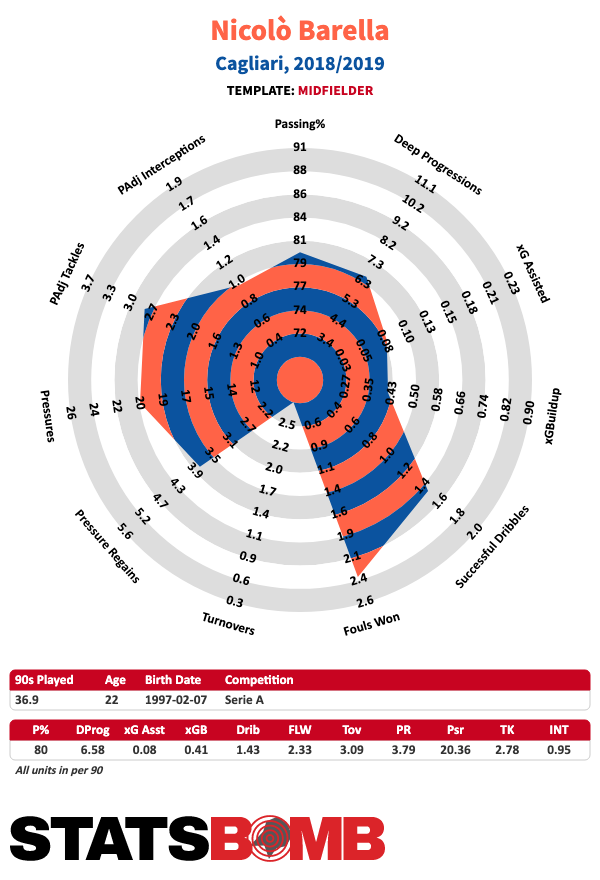
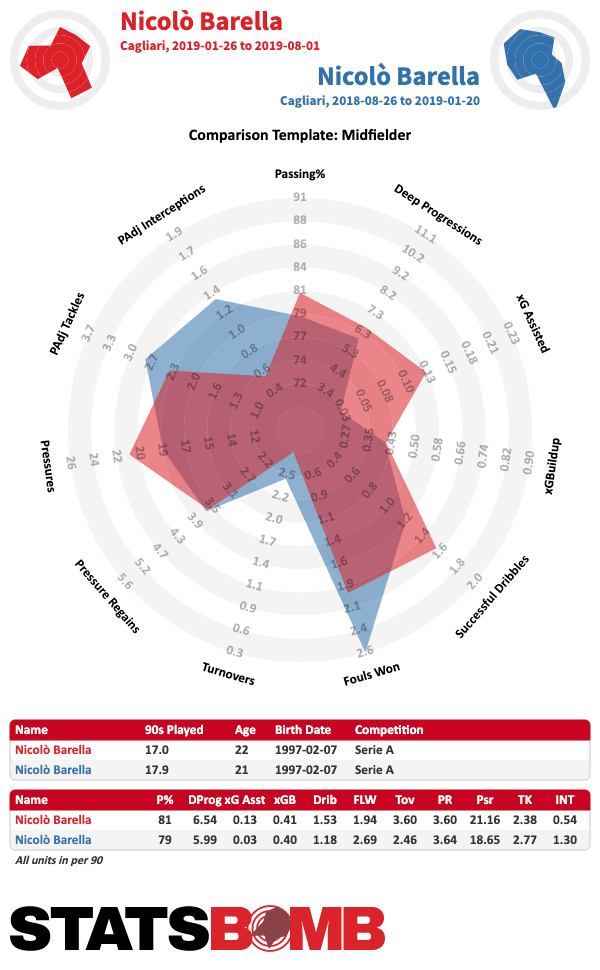
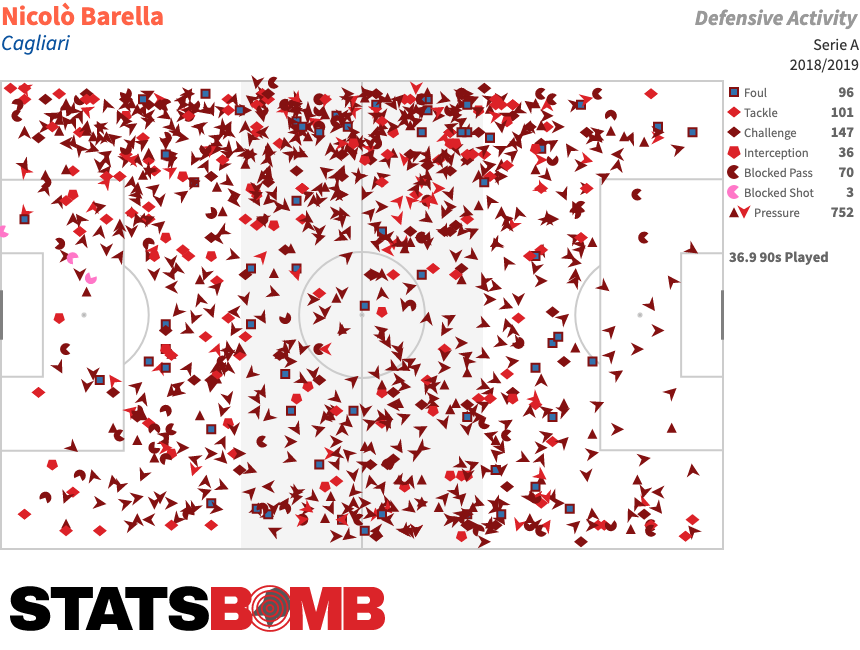
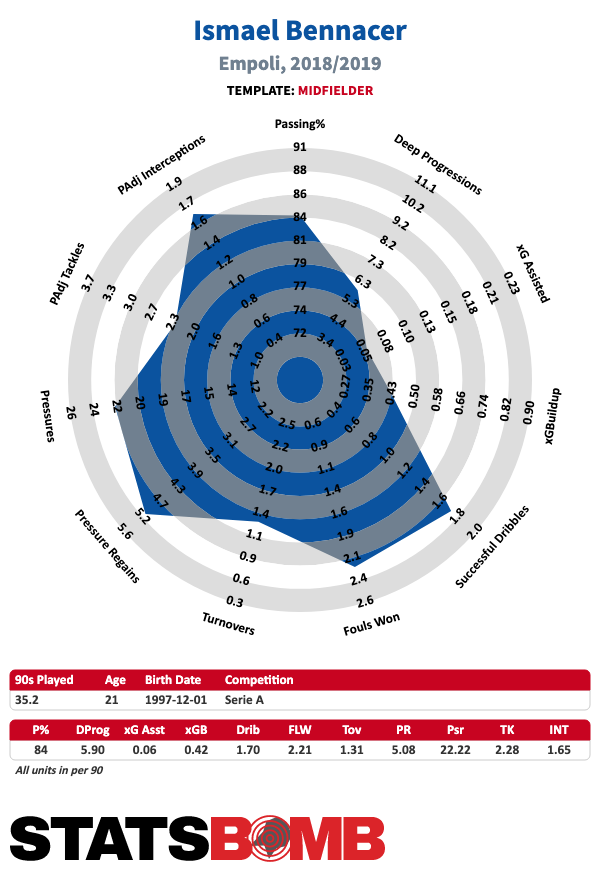
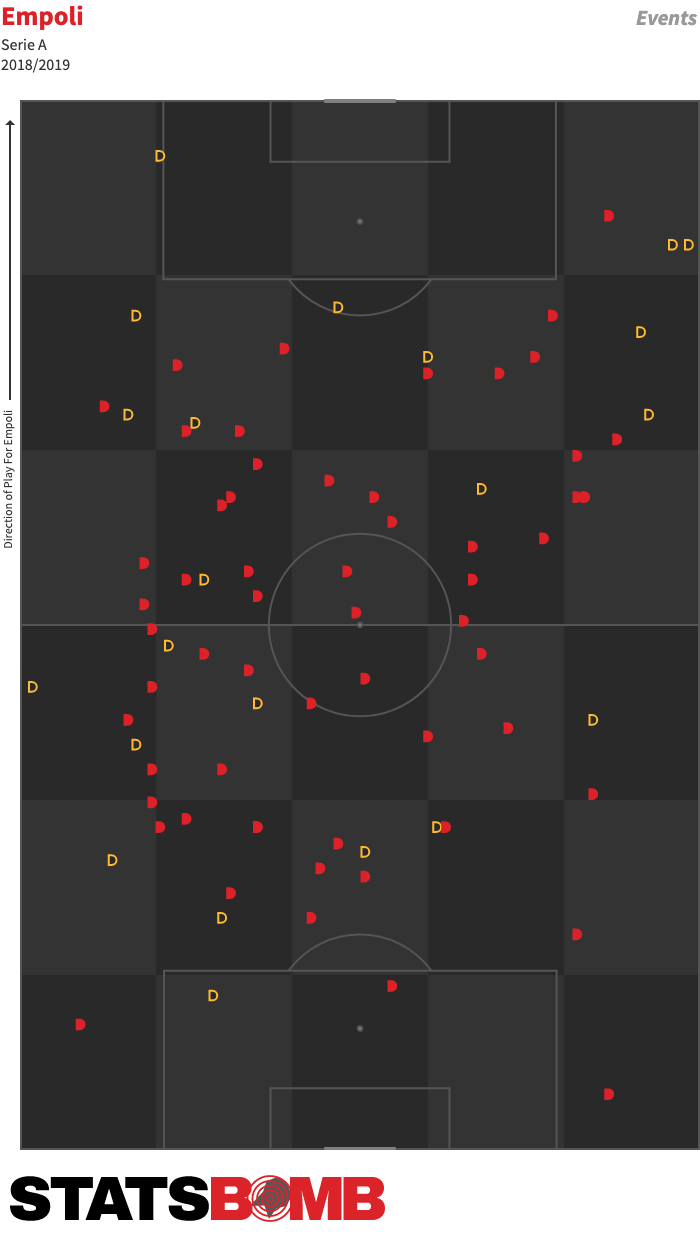
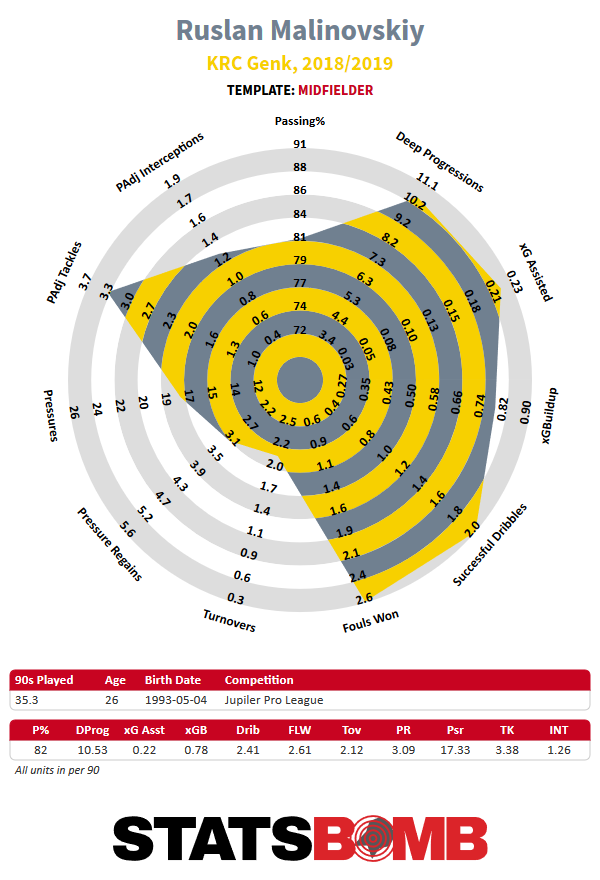
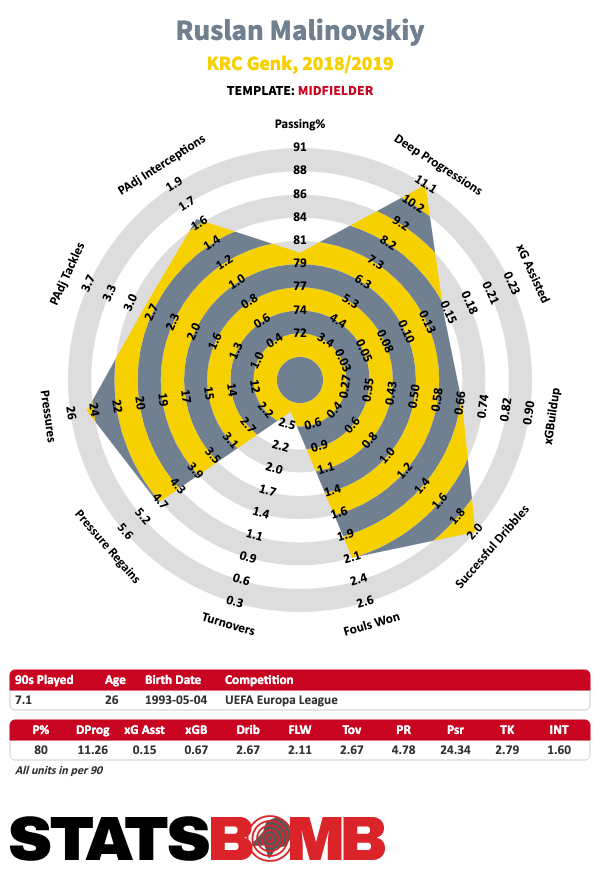
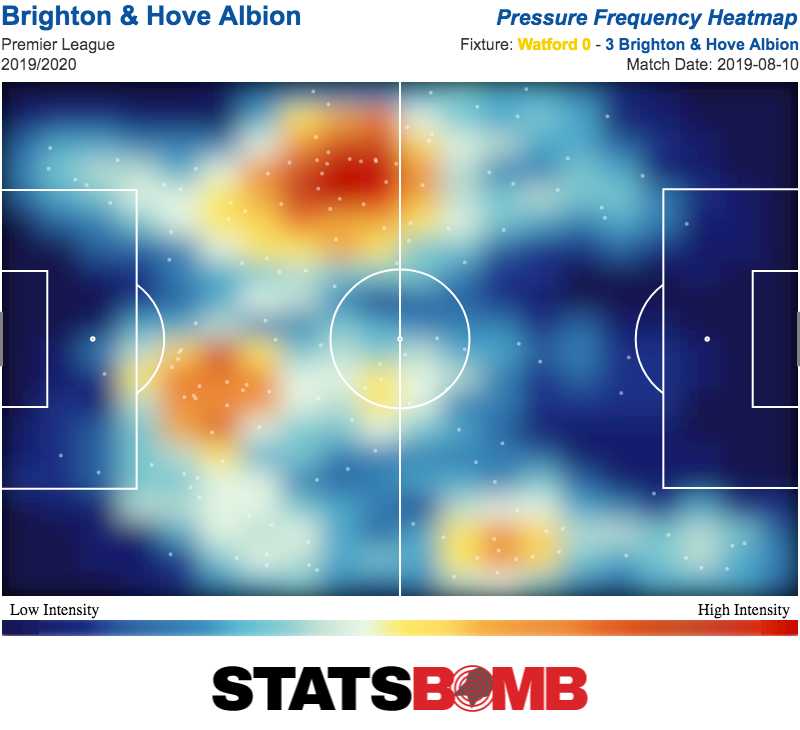
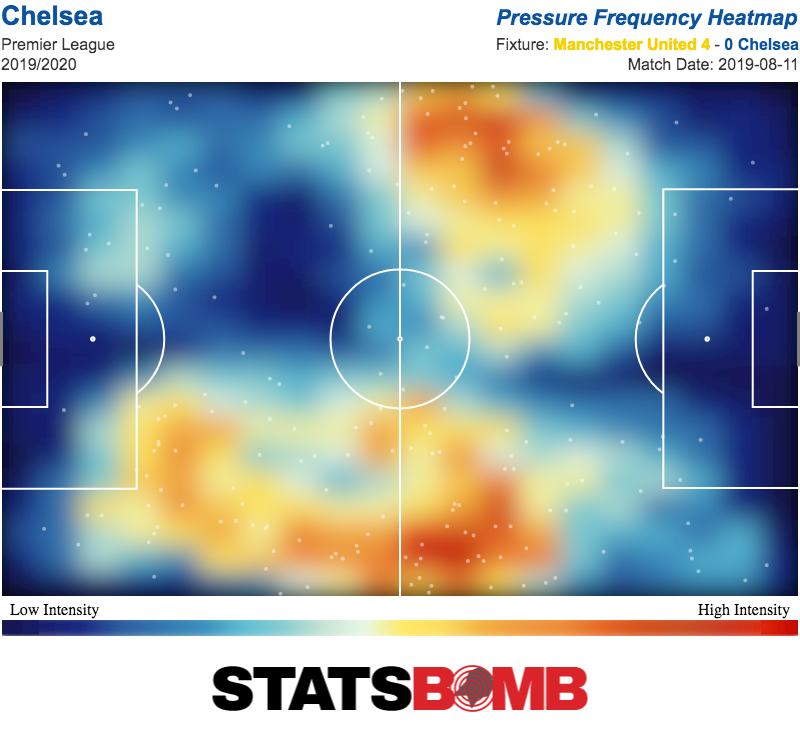
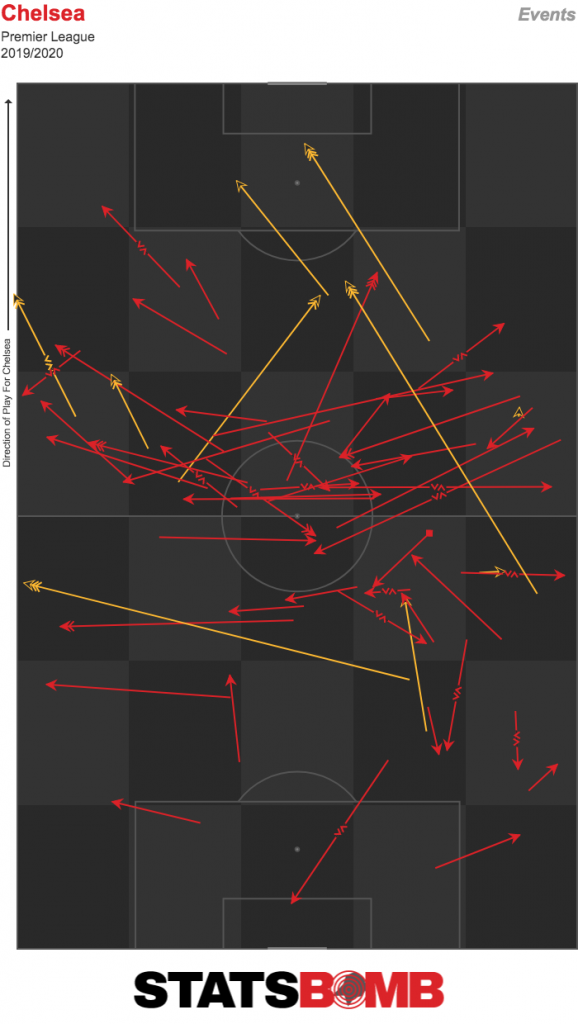
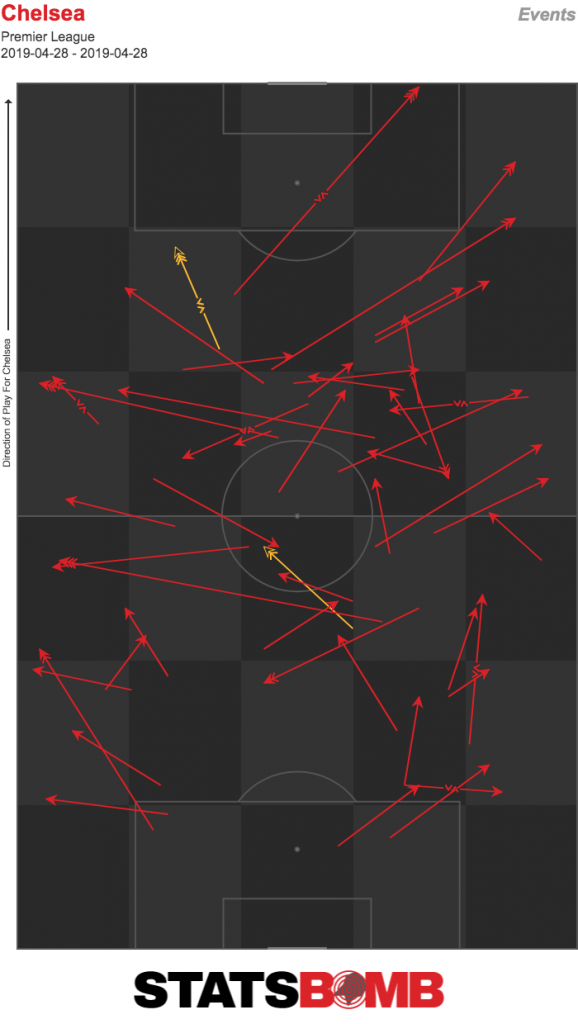
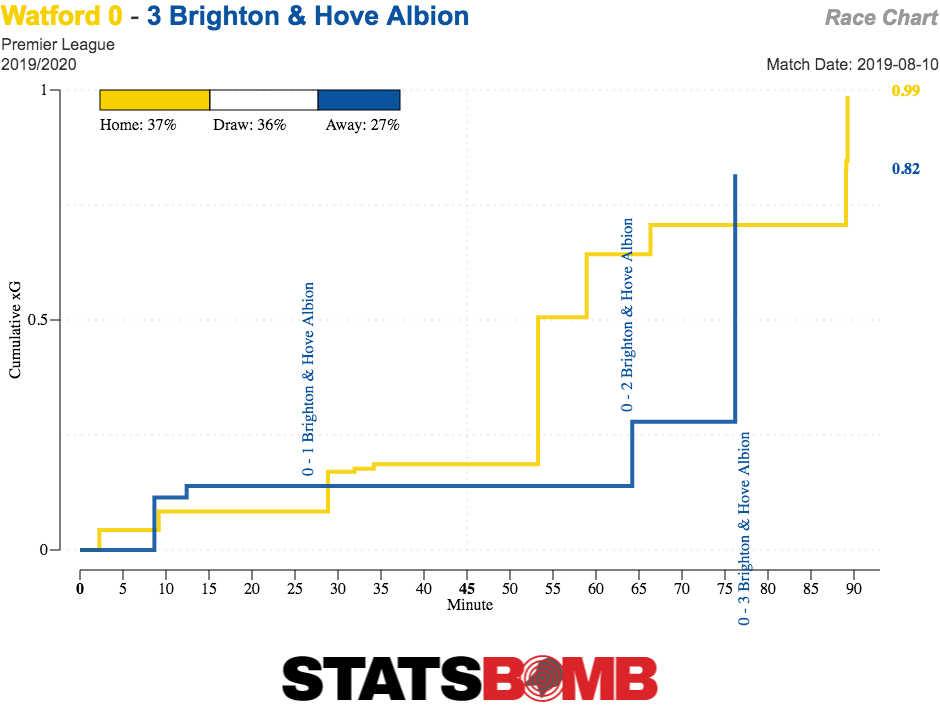
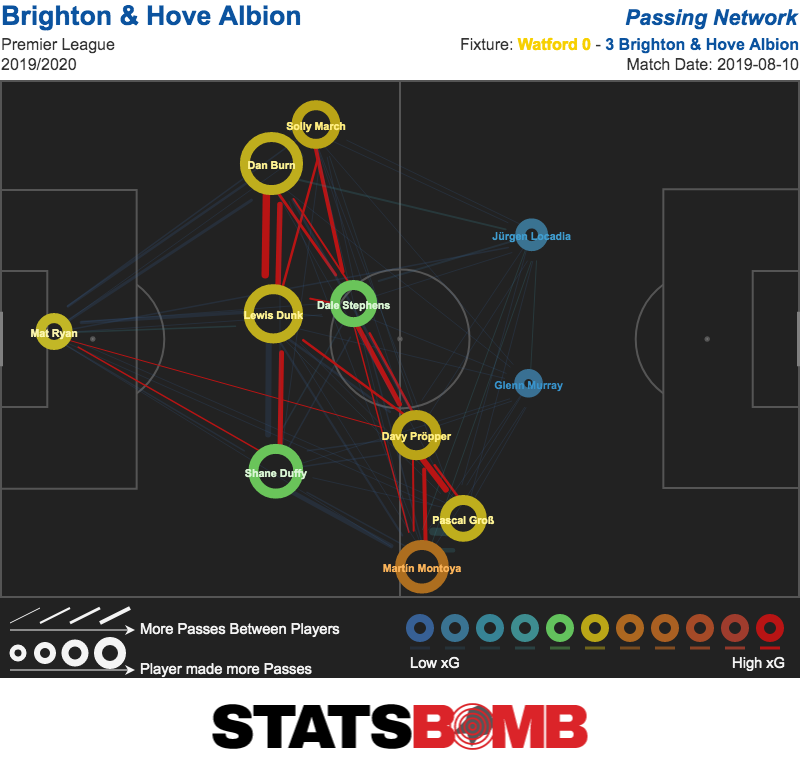
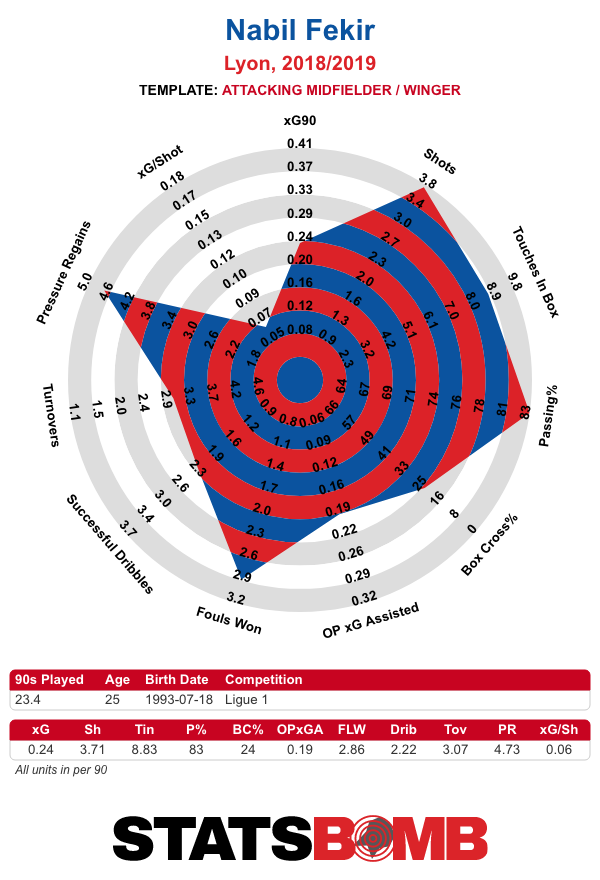
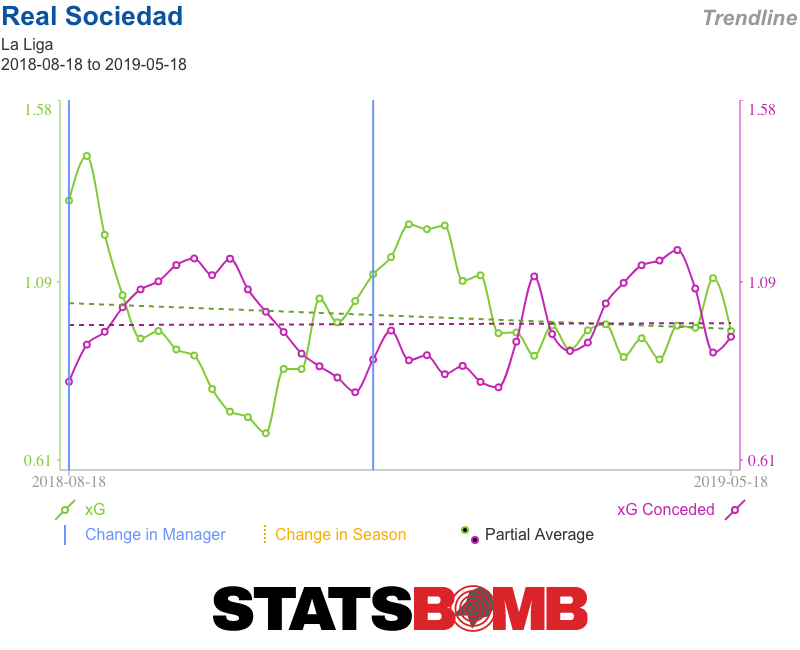
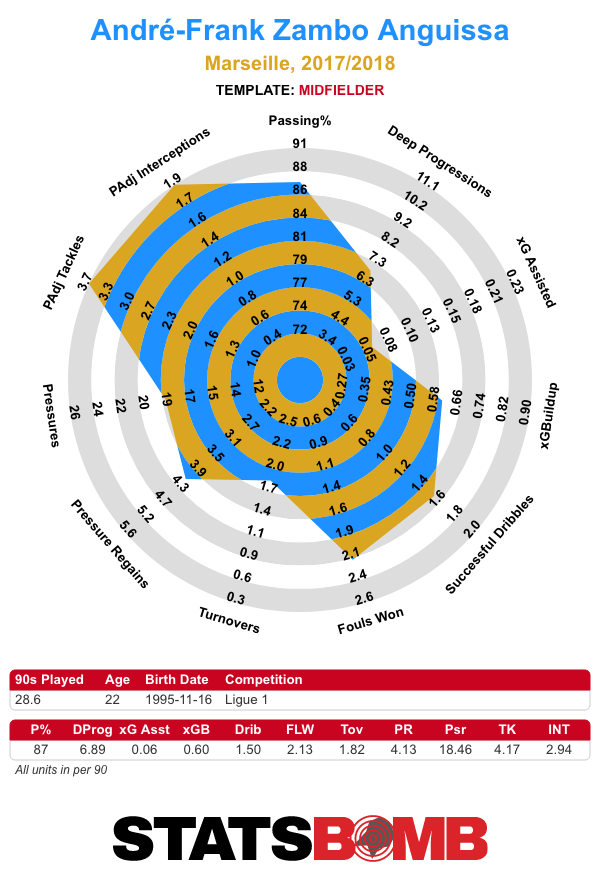
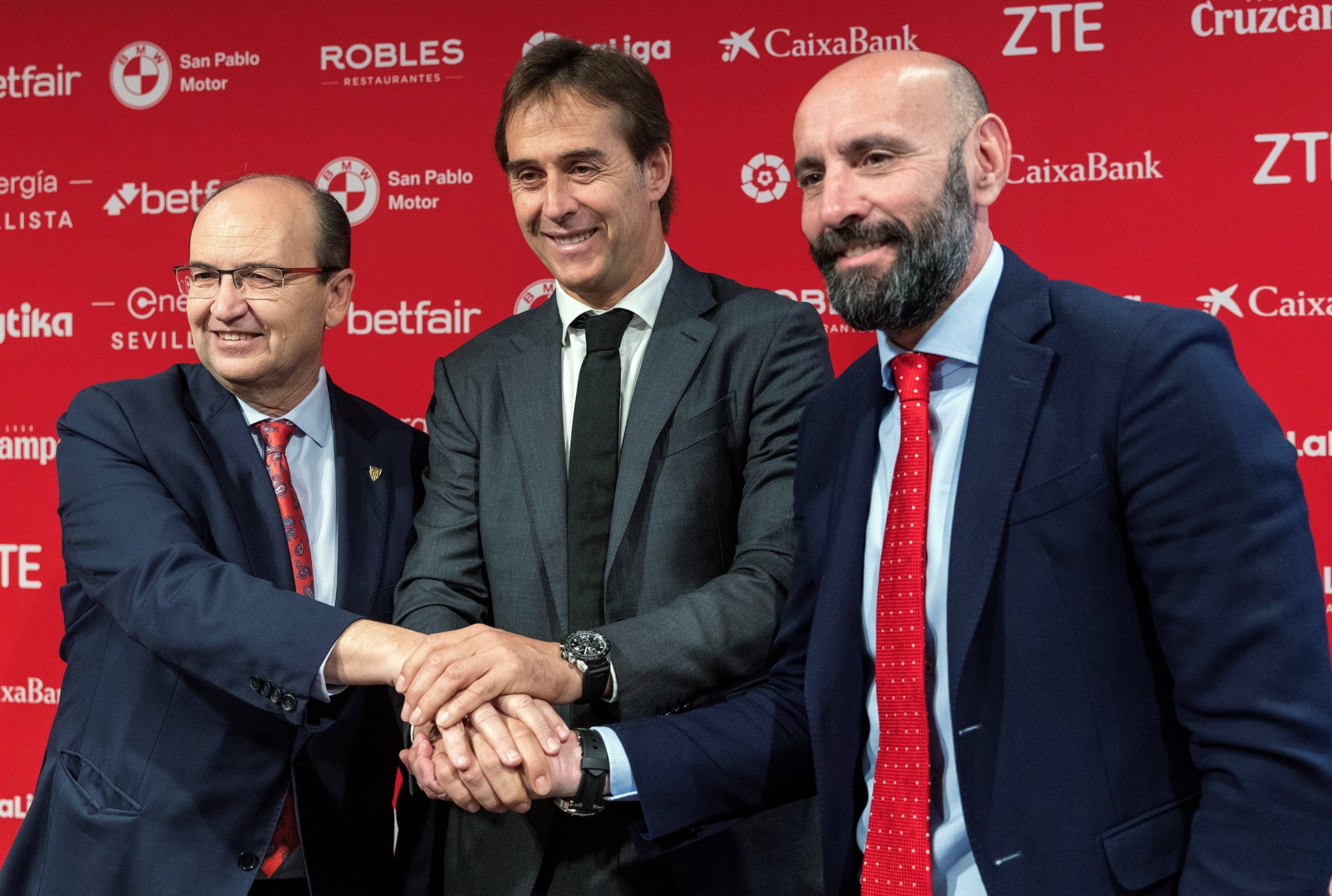
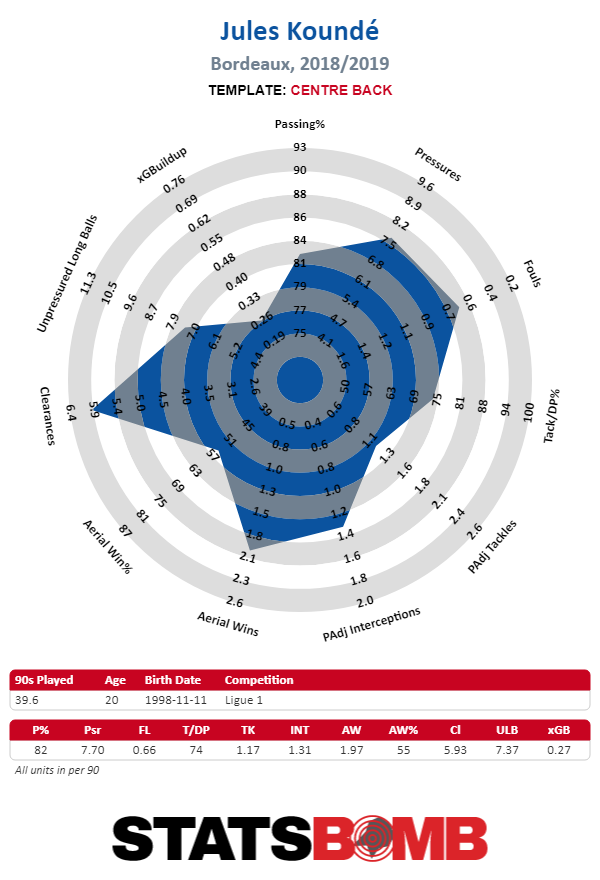
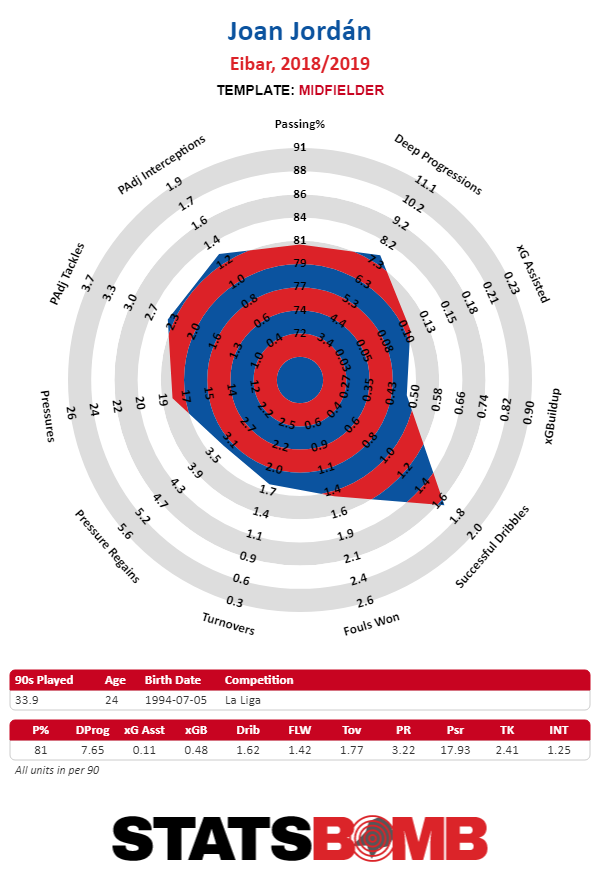
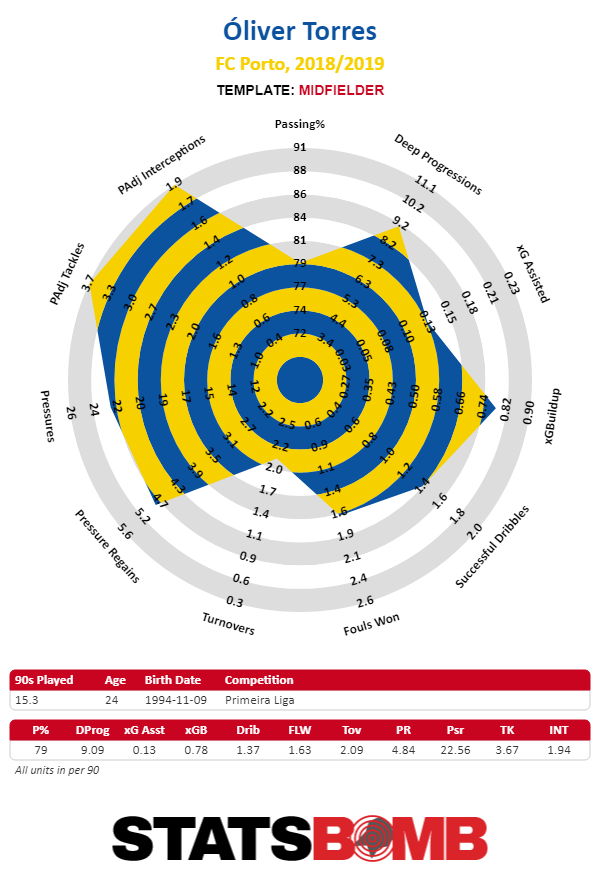
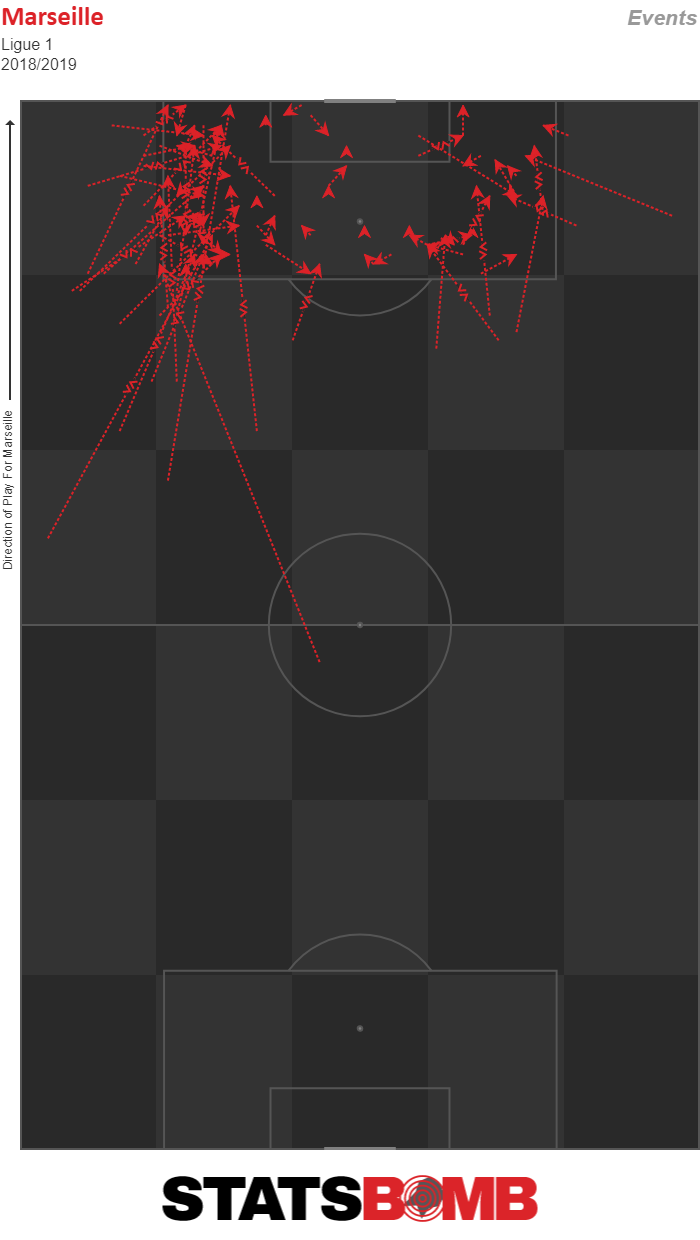
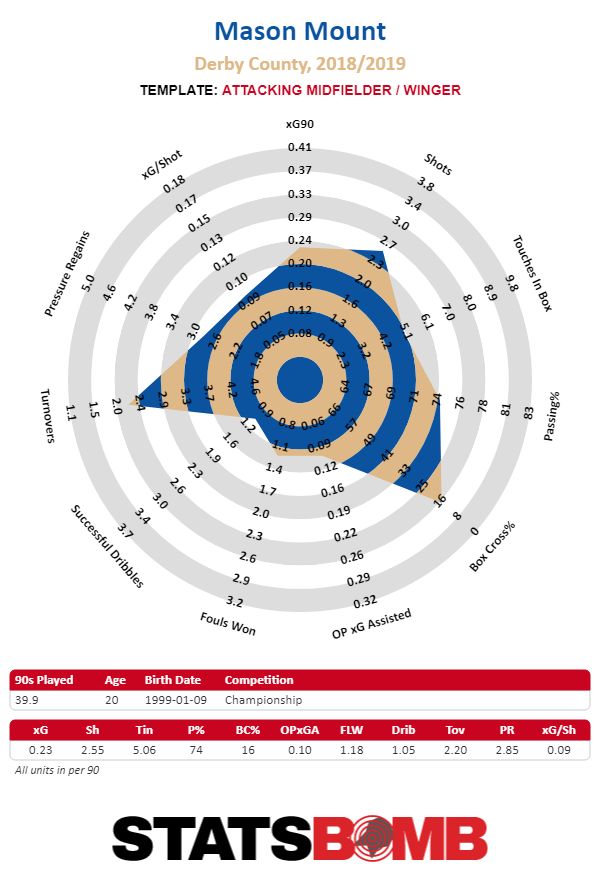
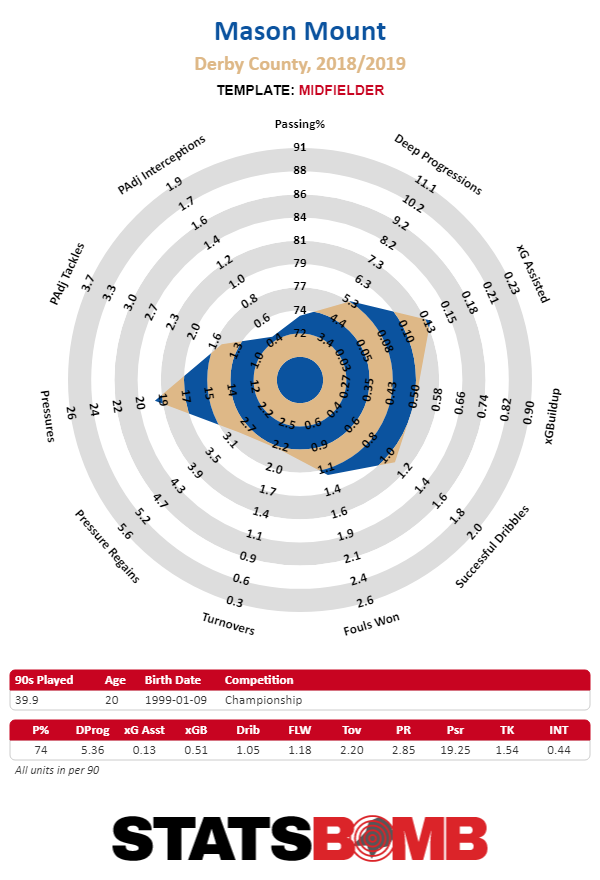
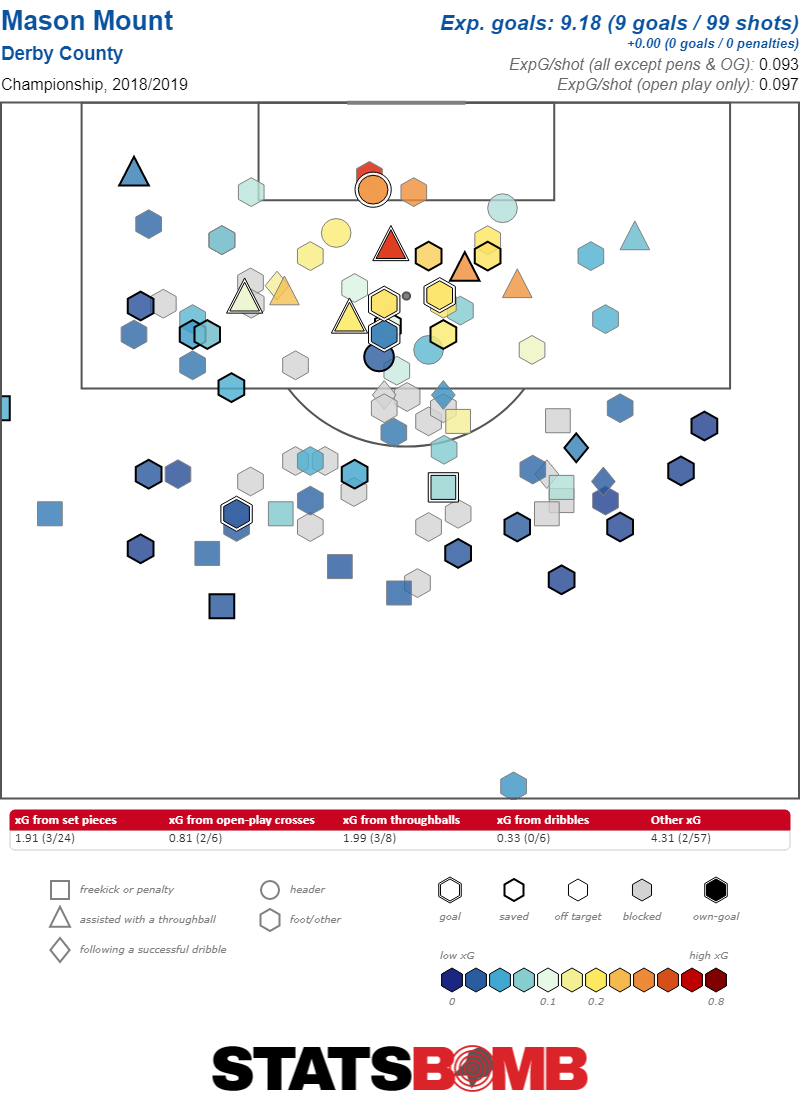
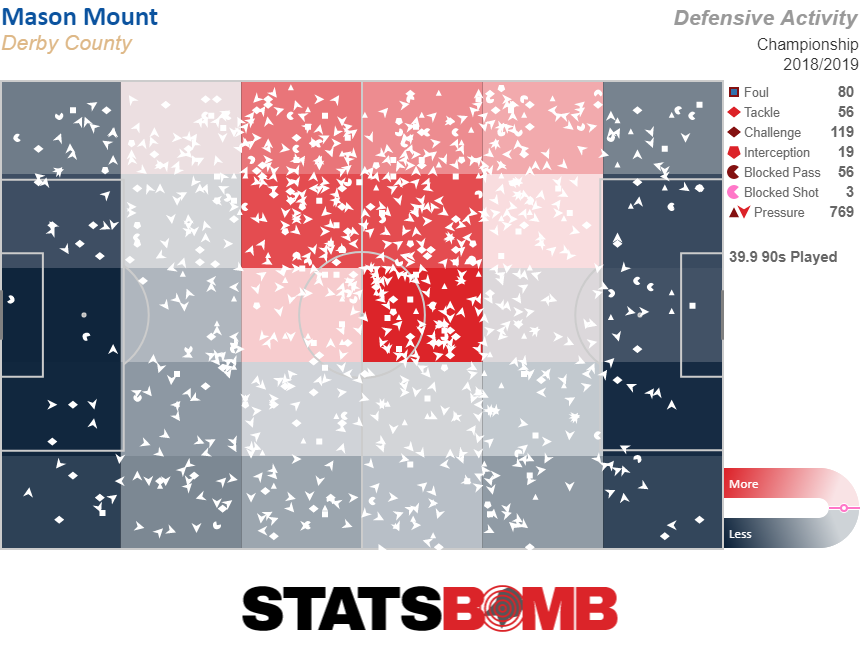
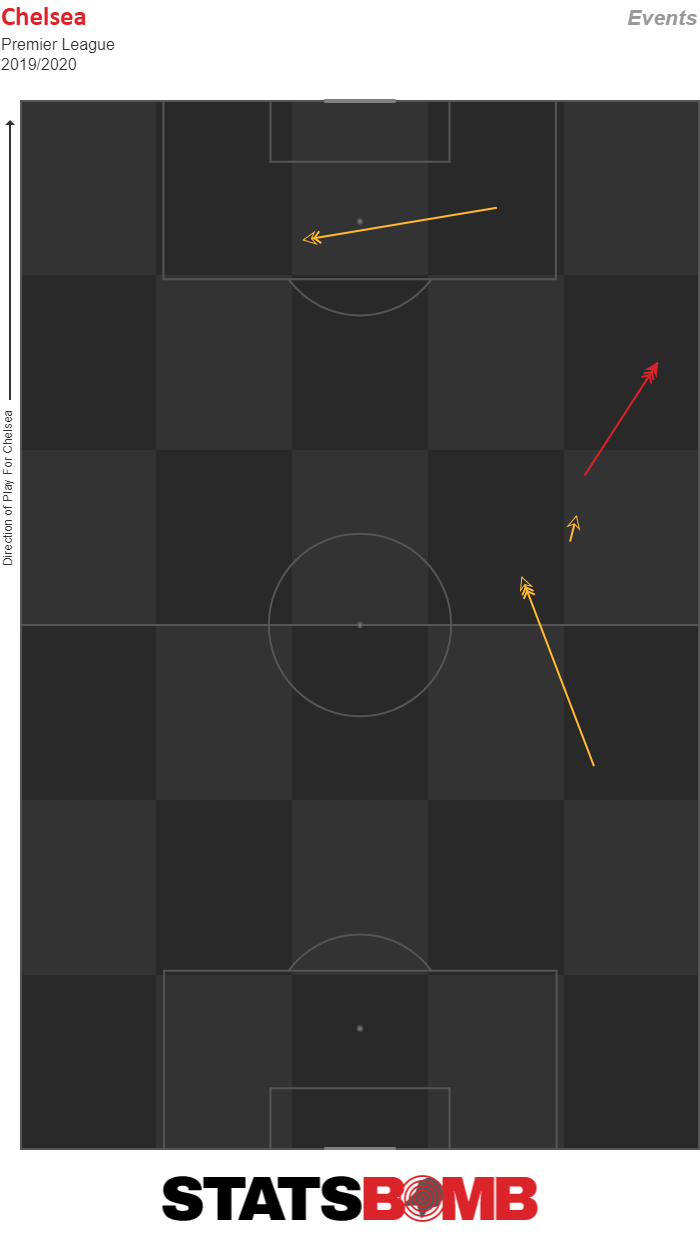
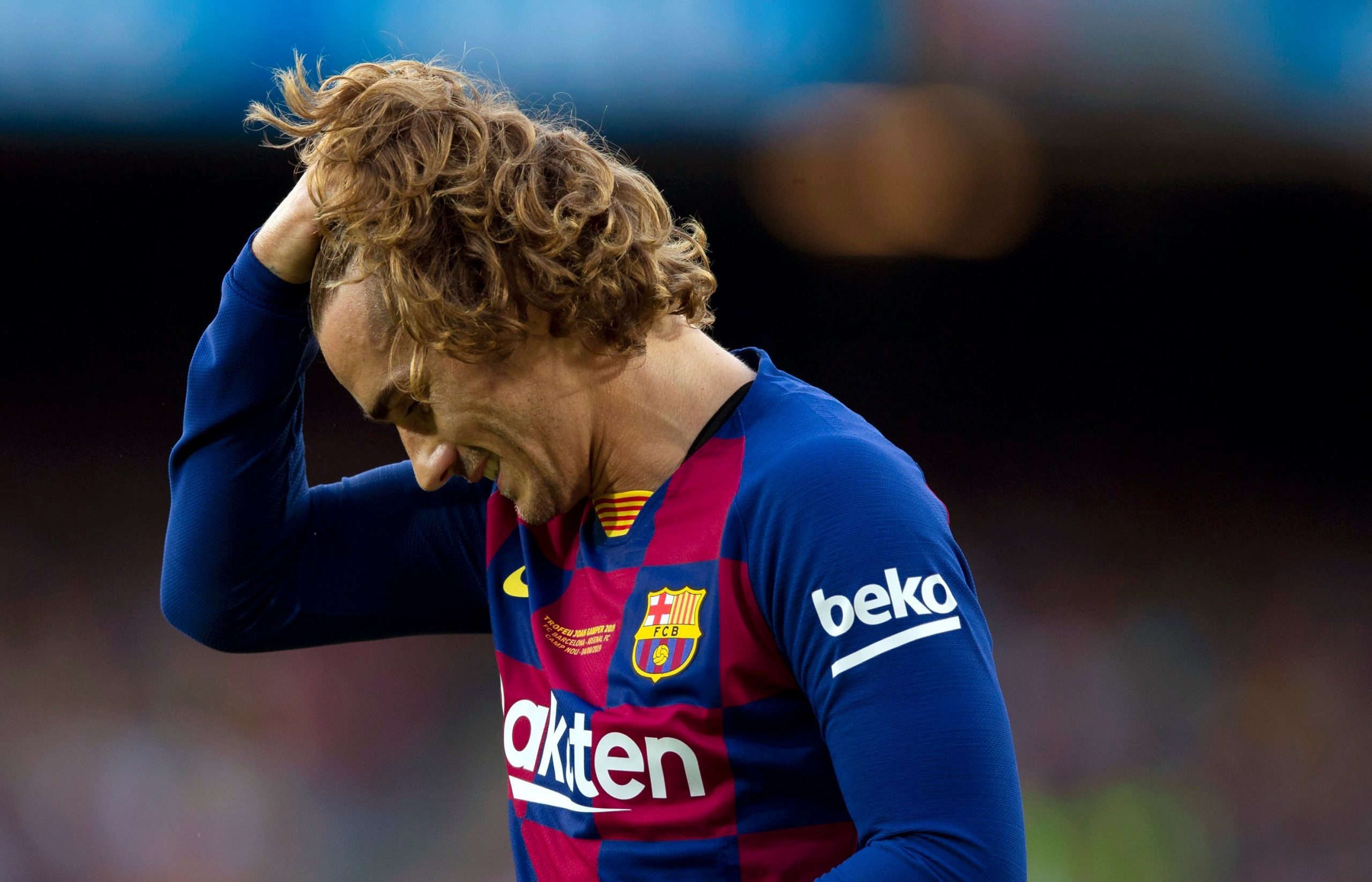
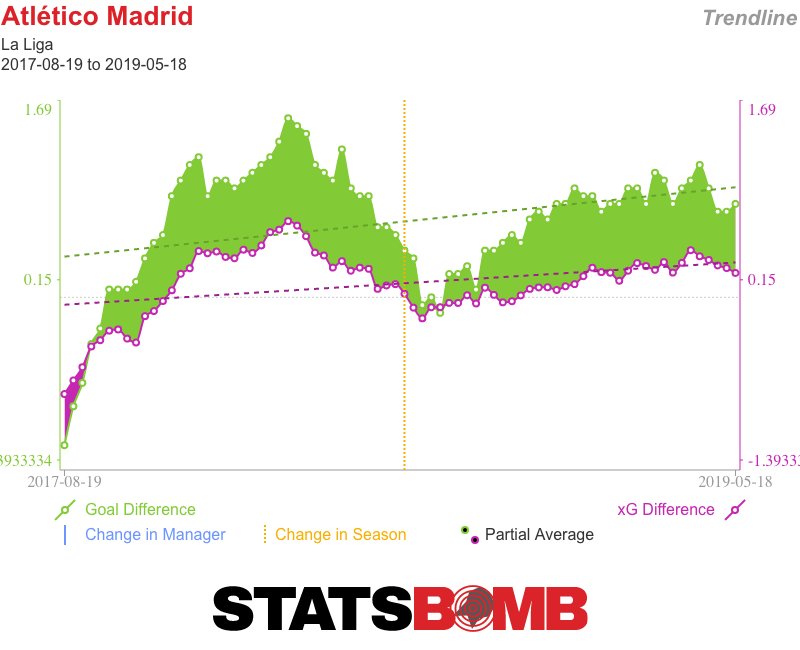
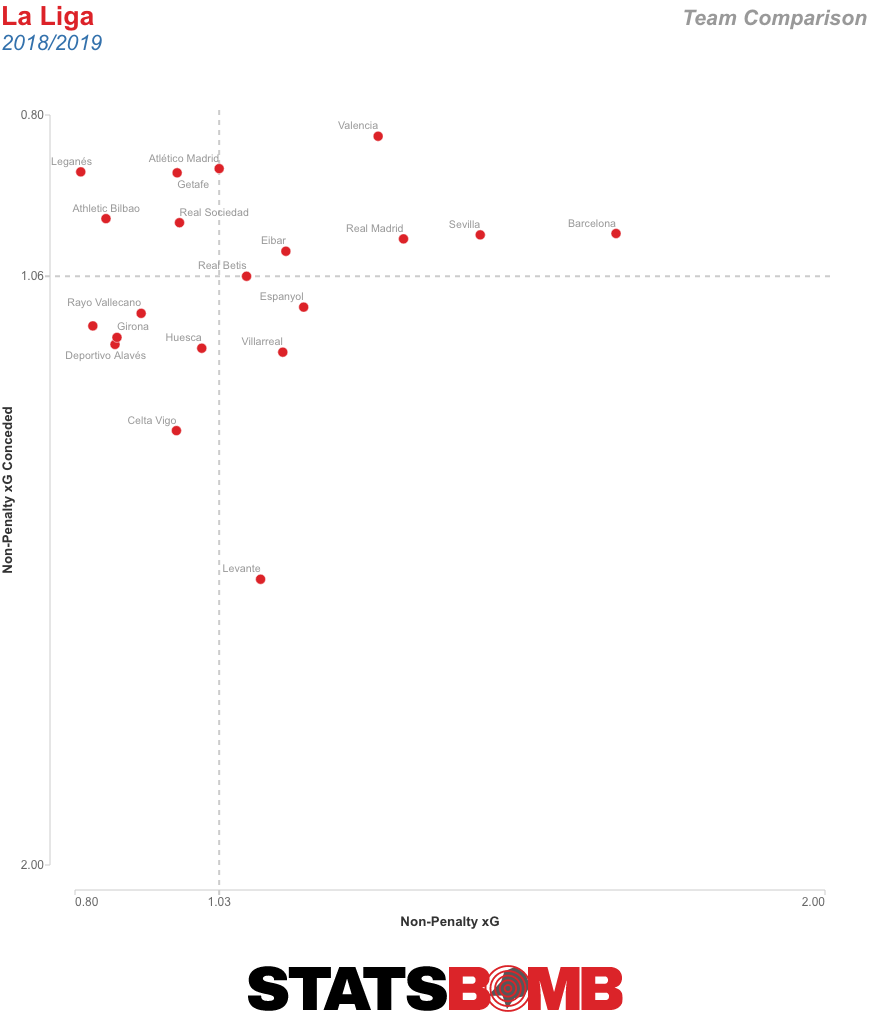
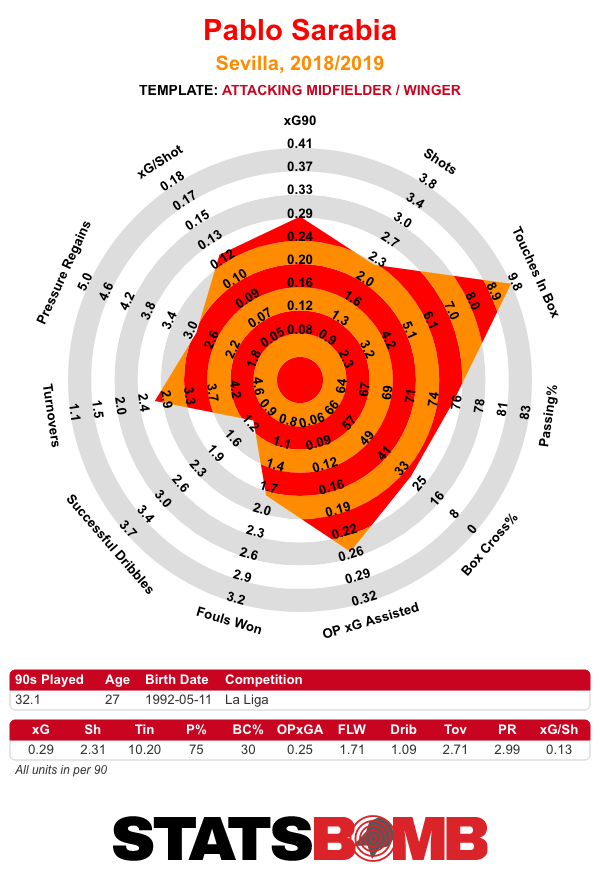
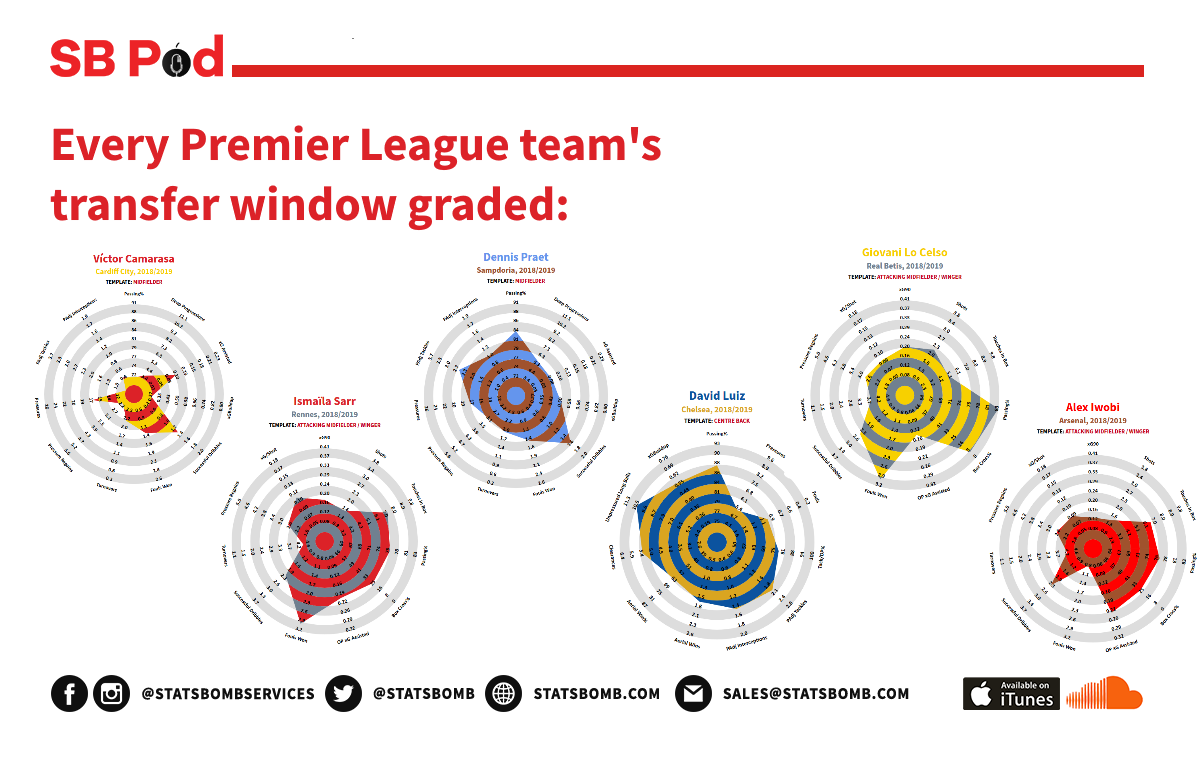
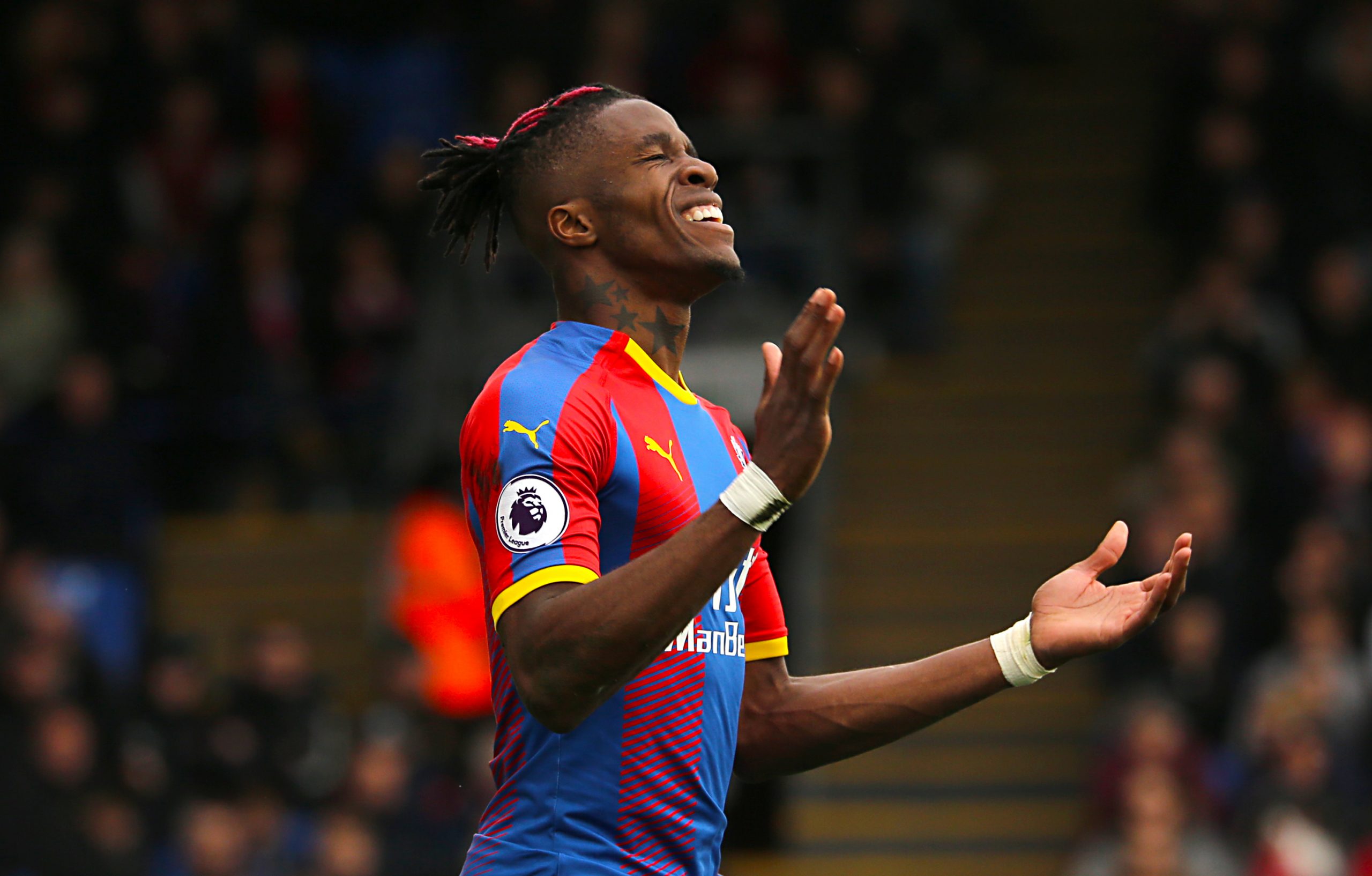
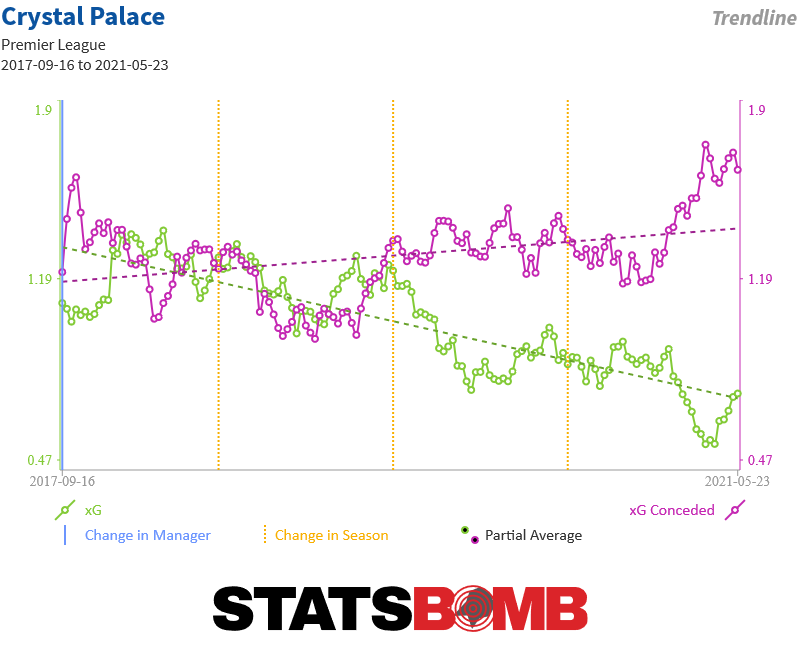 The bad news is that this team is old. Very old. The young star they managed to hold onto, Zaha, is going to be 27. Their sole actual young talent, Aaron Wan-Bissaka is now Manchester United’s right back of the future. The list of even plausibly young talented players in the squad consists of Max Meyer. Tat’s it. And their incoming transfers are James McCarthy, and Gary Cahill, which is the opposite of young talent. Even if the squad is fine right now, it won’t be in a year or two.
The bad news is that this team is old. Very old. The young star they managed to hold onto, Zaha, is going to be 27. Their sole actual young talent, Aaron Wan-Bissaka is now Manchester United’s right back of the future. The list of even plausibly young talented players in the squad consists of Max Meyer. Tat’s it. And their incoming transfers are James McCarthy, and Gary Cahill, which is the opposite of young talent. Even if the squad is fine right now, it won’t be in a year or two. 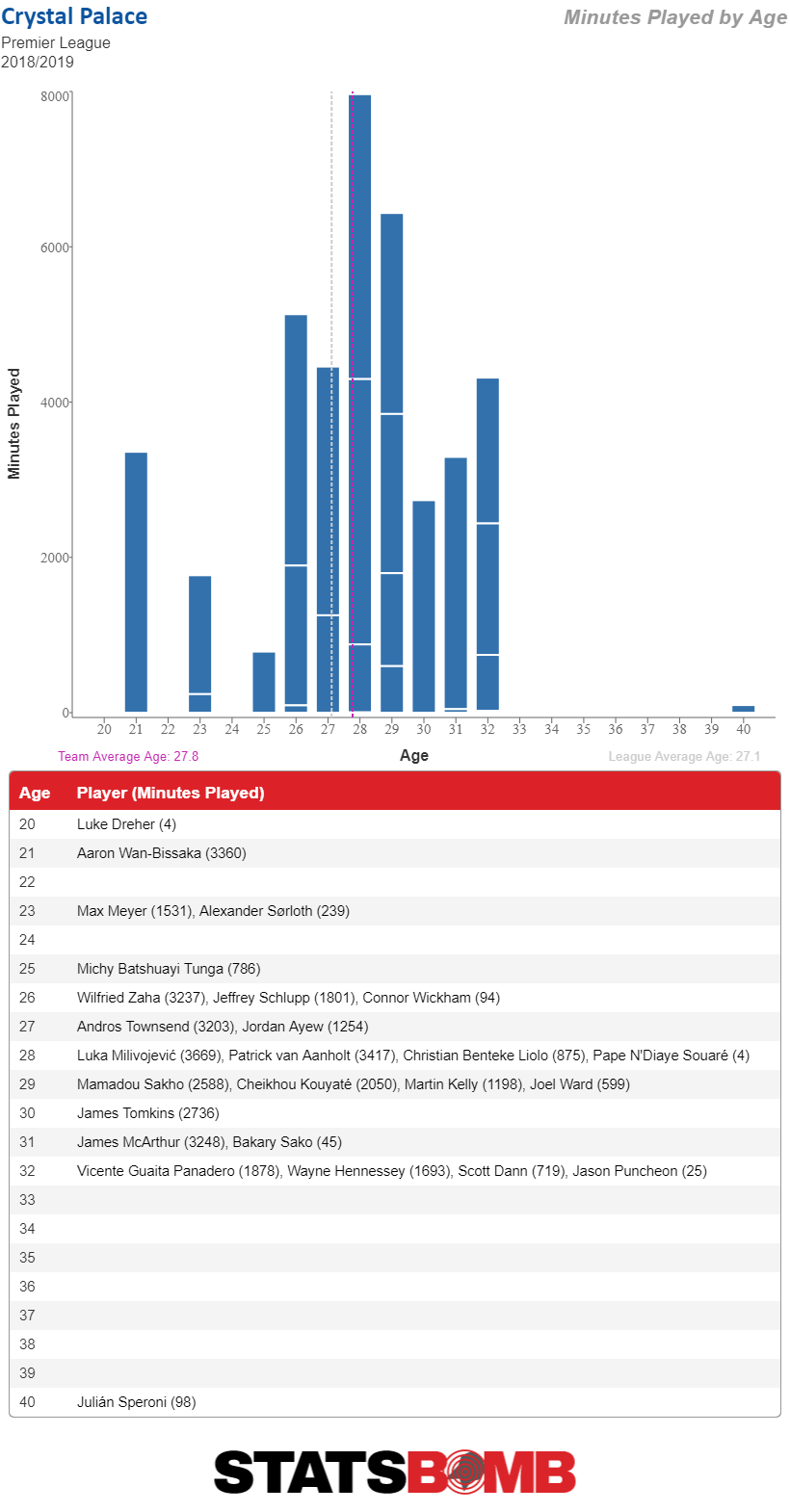 Crystal Palace are in desperate need of a rebuild, the kind which involves spending money on young players who might develop into the pillars of a Premier League team for years to come. Unfortunately, that money doesn’t seem to be forthcoming. Spending now, on players who can keep the team competitive would surely be less expensive than flailing around throwing money at whatever players happen to be available if and when a relegation fight does occur. With Zaha staying, there should be enough talent hanging around Selhurst Park to ensure that Palace survive another season, but it’s not a slam dunk. Zaha is asked to do an awful lot of attacking work. He needs to both move the ball up the field, create shots for himself, and set up teammates. He’s extremely adept at dropping deeper, and carrying the ball into the final third.
Crystal Palace are in desperate need of a rebuild, the kind which involves spending money on young players who might develop into the pillars of a Premier League team for years to come. Unfortunately, that money doesn’t seem to be forthcoming. Spending now, on players who can keep the team competitive would surely be less expensive than flailing around throwing money at whatever players happen to be available if and when a relegation fight does occur. With Zaha staying, there should be enough talent hanging around Selhurst Park to ensure that Palace survive another season, but it’s not a slam dunk. Zaha is asked to do an awful lot of attacking work. He needs to both move the ball up the field, create shots for himself, and set up teammates. He’s extremely adept at dropping deeper, and carrying the ball into the final third. 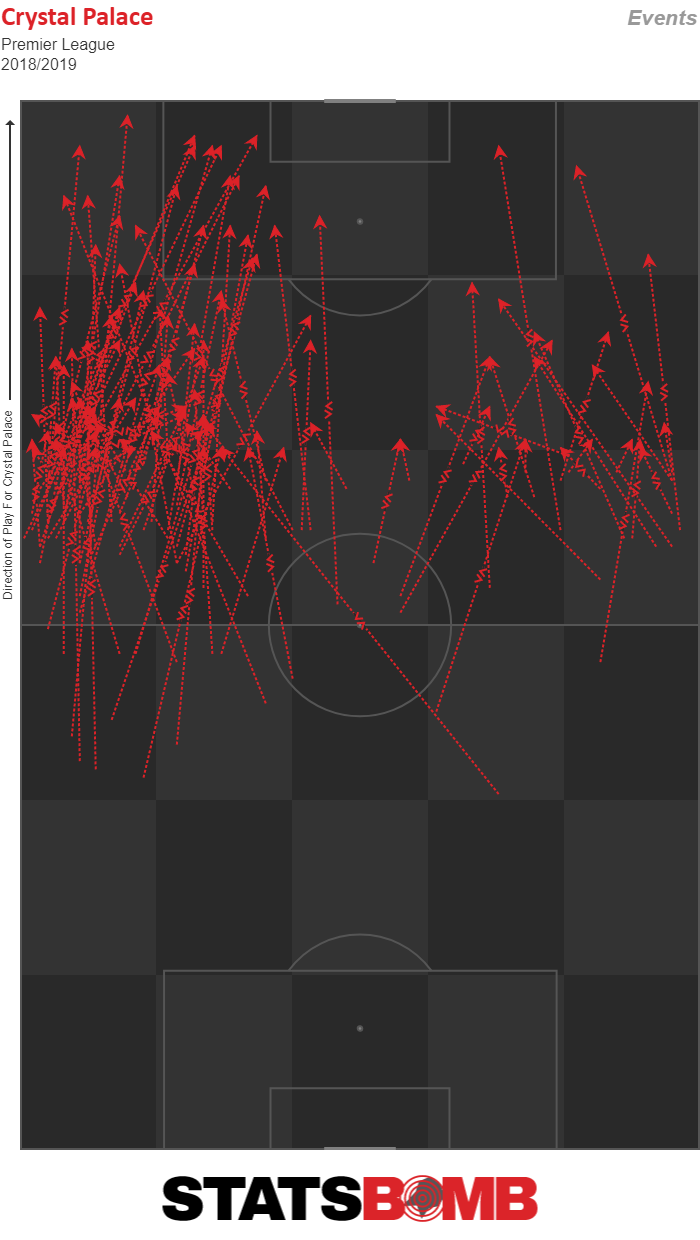 He’s also totally able to either bring the ball into the box himself.
He’s also totally able to either bring the ball into the box himself. 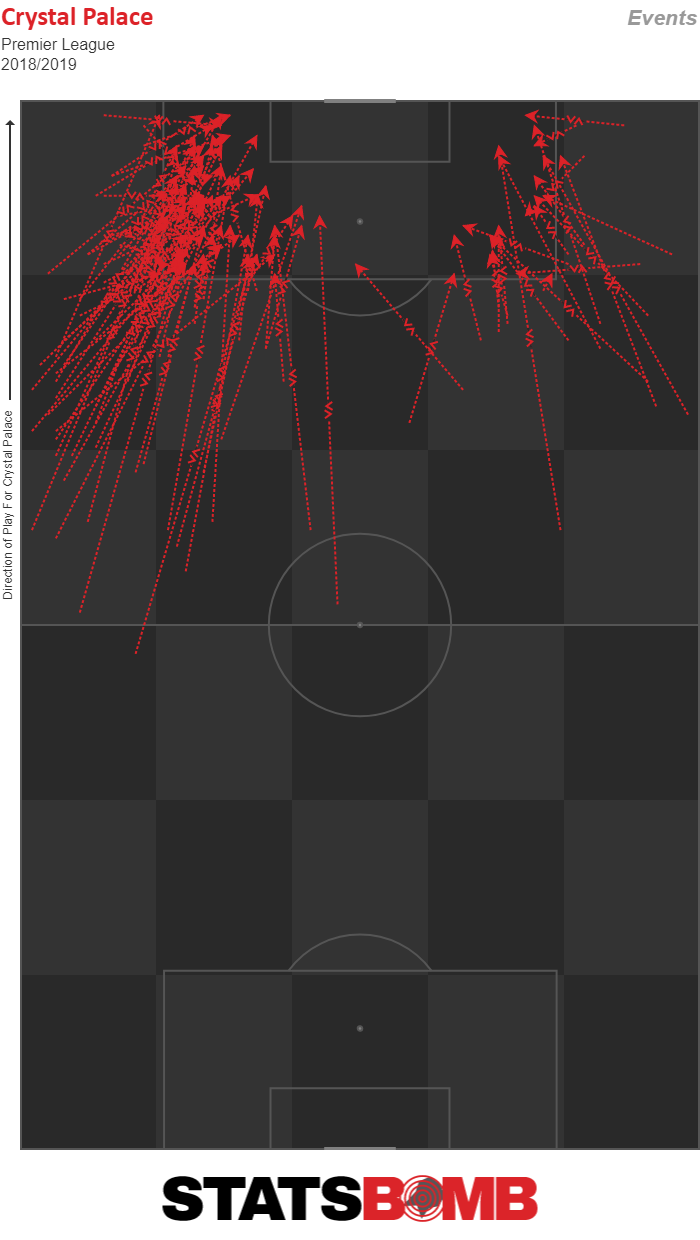 Or feed it to a teammate (yellow passes indicate an incomplete pass)
Or feed it to a teammate (yellow passes indicate an incomplete pass) 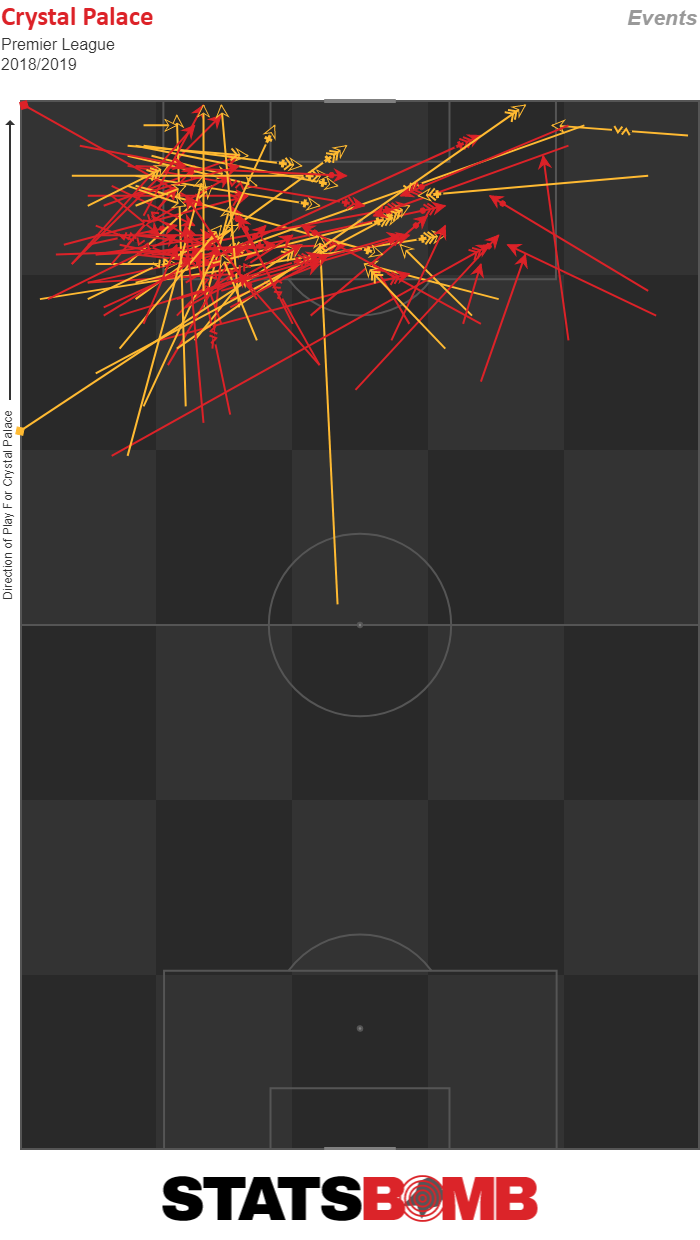 Zaha’s game, however, is so tailored to attacking the box from the side, that it makes his shot chart…challenging. Ten goals are great, but when you’re shooting almost exclusively from these angles, that return is unlikely to continue.
Zaha’s game, however, is so tailored to attacking the box from the side, that it makes his shot chart…challenging. Ten goals are great, but when you’re shooting almost exclusively from these angles, that return is unlikely to continue. 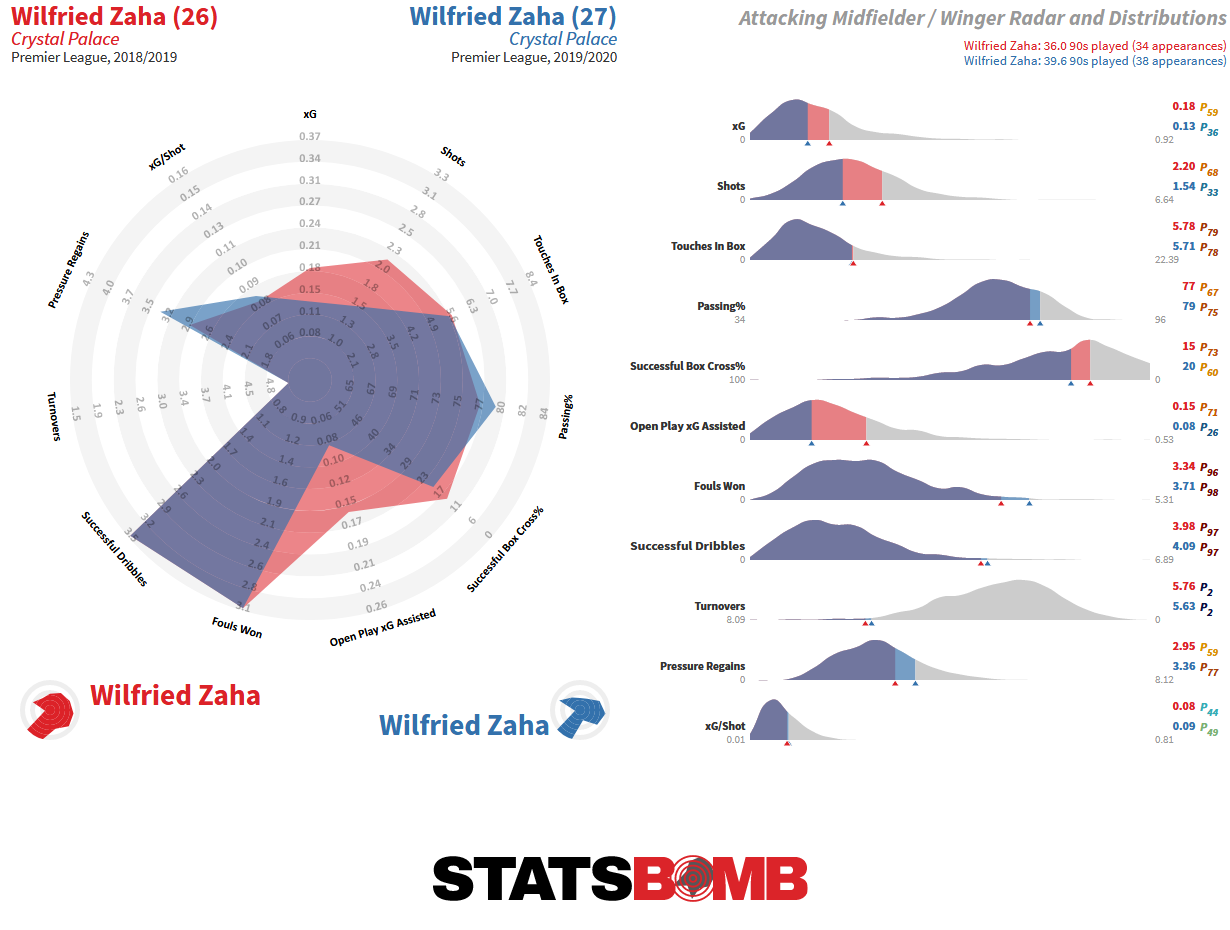 And that’s a problem for Palace because they need Zaha’s goals. Christian Benteke is the sides only proven striker. And he’s spent the last two years working extremely hard to un-prove himself. He’s 28 with a significant injury history, and he’s been in and out of the lineup over the last two seasons both because he can’t stay healthy and because his form has been, let’s call it imprecise. Over the last two years Benteke has been king of the can’t shoot straight club. His underlying numbers are fine, good even. His expected goals from over the last two seasons in somewhat limited minutes total to just over 11. He’s actually found the back of the net three times. Last season his shot chart looked like this.
And that’s a problem for Palace because they need Zaha’s goals. Christian Benteke is the sides only proven striker. And he’s spent the last two years working extremely hard to un-prove himself. He’s 28 with a significant injury history, and he’s been in and out of the lineup over the last two seasons both because he can’t stay healthy and because his form has been, let’s call it imprecise. Over the last two years Benteke has been king of the can’t shoot straight club. His underlying numbers are fine, good even. His expected goals from over the last two seasons in somewhat limited minutes total to just over 11. He’s actually found the back of the net three times. Last season his shot chart looked like this. 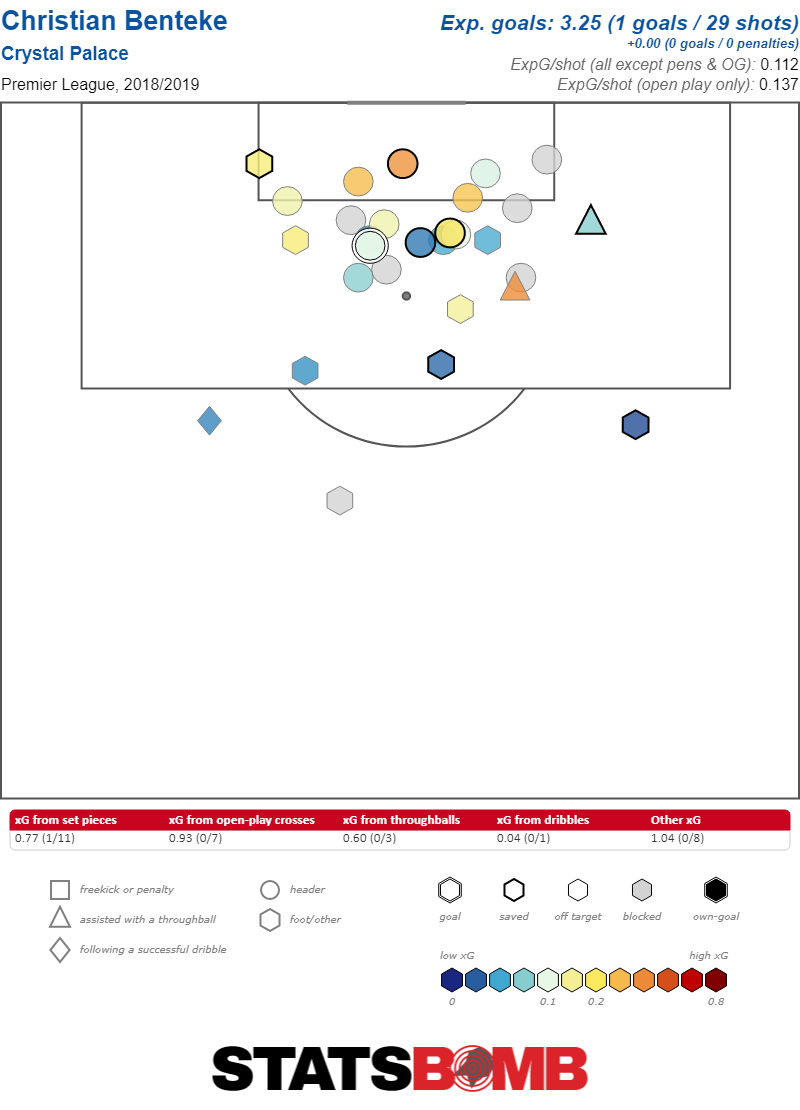 Now, due to limited playing time, he’s only taken a total of 85 shots over the two years combined. It’s certainly possible that Benteke is just in a shooting slump, and continued minutes should see the pendulum swing back towards normal. On the other hand, maybe he’s just cooked. Each of the last two seasons Hodgson has turned away from Benteke and looked for other solutions, this year he won’t have much choice but to hope that the big man finally finds his form again. The Benteke issue is just emblematic of the larger structural problem with Palace. There’s not a whole lot of upside to be found, but the downside risks are starting to mount. A good Benteke season doesn’t really take Palace anywhere above the midtable range, but a bad one might put them on the brink. A healthy Zaha season keeps the competitive, but not much more, were he to miss significant time the team might not be able to survive it. A more carefully constructed team would mix upside and downside. Sure maybe the striker struggles, but Aaron Wan-Bissaka has a breakout year and makes a giant leap forwards. Some players get old and drop off, others step into the breach. That’s not Crystal Palace’s team now. There veteran mix of players are all quite competent but they aren’t going to suddenly become stars. They might, however, start to get old and decline. Running a team in the bottom half of the Premier League is hard work. It’s like being on a treadmill constantly pulling a side towards the relegation battle. It’s hard to keep improving young players on the quad. The best ones get snapped up by the bigger, richer clubs, and if your lucky enough (and willing to commit the wages) to keep one or two, players like Zaha still involve constant battles to keep around. Meanwhile the stalwart pros responsible for your success continue to get older and all need to be replaced. Crystal Palace are on the Premier League treadmill. The last two seasons saw them unexpectedly make some strides forward. But, by standing still they’re being dragged inexorably backwards towards that relegation battle. It may not happen this year, but without a lot of work it’s going to keep getting closer. The team is old and not getting any better. It probably won’t kill them this year, but before long it will be too late to stop the trend. Header image courtesy of the Press Association
Now, due to limited playing time, he’s only taken a total of 85 shots over the two years combined. It’s certainly possible that Benteke is just in a shooting slump, and continued minutes should see the pendulum swing back towards normal. On the other hand, maybe he’s just cooked. Each of the last two seasons Hodgson has turned away from Benteke and looked for other solutions, this year he won’t have much choice but to hope that the big man finally finds his form again. The Benteke issue is just emblematic of the larger structural problem with Palace. There’s not a whole lot of upside to be found, but the downside risks are starting to mount. A good Benteke season doesn’t really take Palace anywhere above the midtable range, but a bad one might put them on the brink. A healthy Zaha season keeps the competitive, but not much more, were he to miss significant time the team might not be able to survive it. A more carefully constructed team would mix upside and downside. Sure maybe the striker struggles, but Aaron Wan-Bissaka has a breakout year and makes a giant leap forwards. Some players get old and drop off, others step into the breach. That’s not Crystal Palace’s team now. There veteran mix of players are all quite competent but they aren’t going to suddenly become stars. They might, however, start to get old and decline. Running a team in the bottom half of the Premier League is hard work. It’s like being on a treadmill constantly pulling a side towards the relegation battle. It’s hard to keep improving young players on the quad. The best ones get snapped up by the bigger, richer clubs, and if your lucky enough (and willing to commit the wages) to keep one or two, players like Zaha still involve constant battles to keep around. Meanwhile the stalwart pros responsible for your success continue to get older and all need to be replaced. Crystal Palace are on the Premier League treadmill. The last two seasons saw them unexpectedly make some strides forward. But, by standing still they’re being dragged inexorably backwards towards that relegation battle. It may not happen this year, but without a lot of work it’s going to keep getting closer. The team is old and not getting any better. It probably won’t kill them this year, but before long it will be too late to stop the trend. Header image courtesy of the Press Association